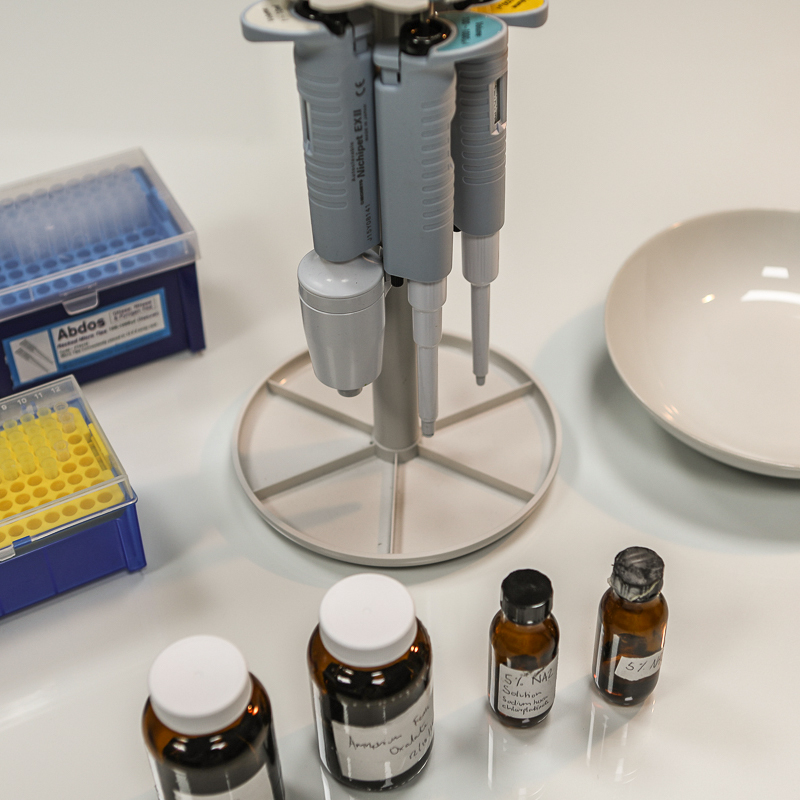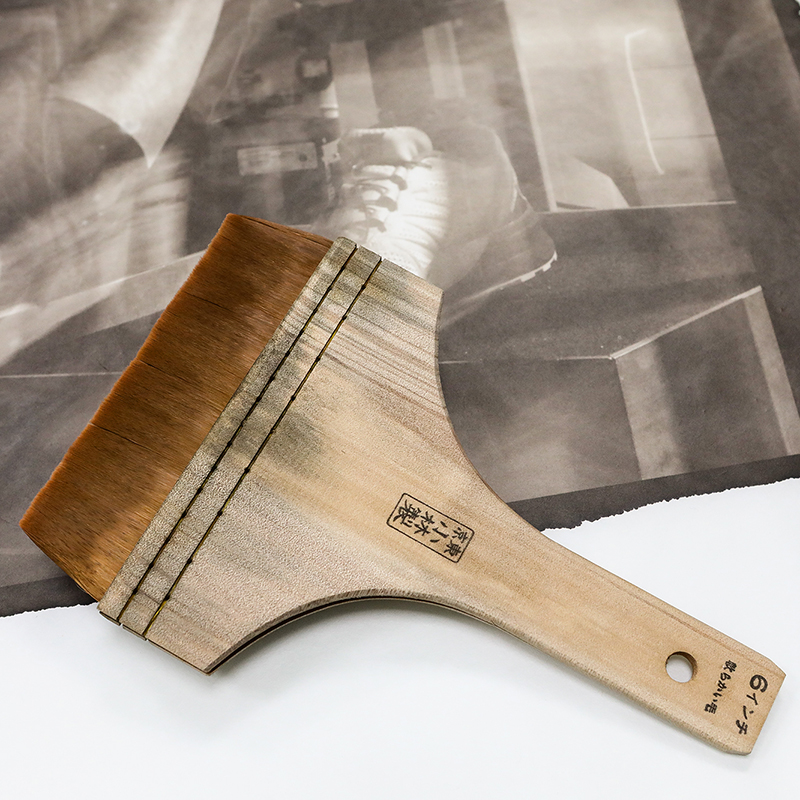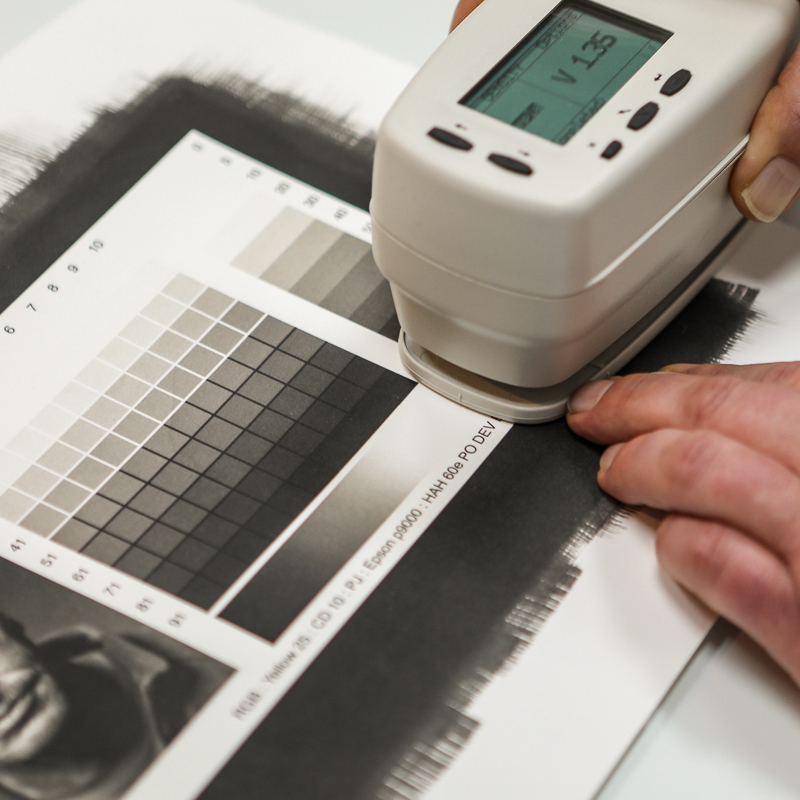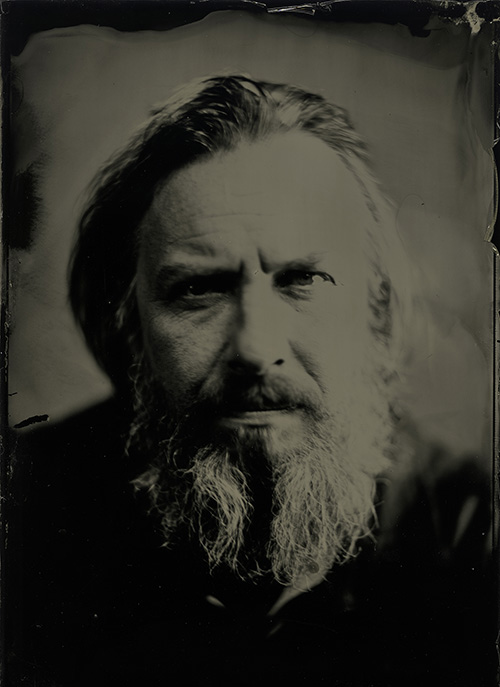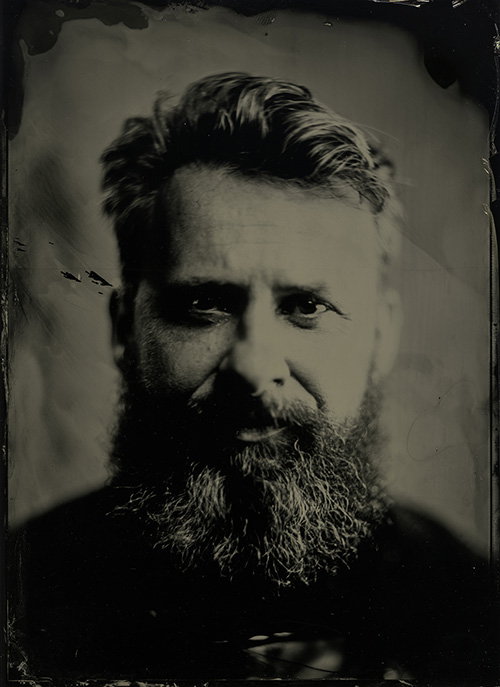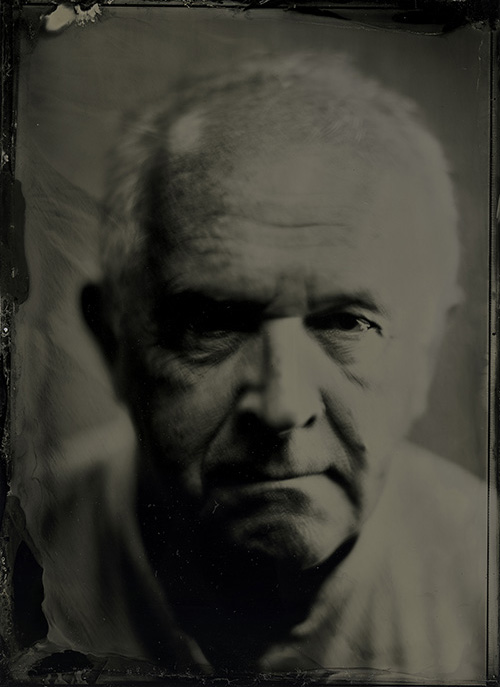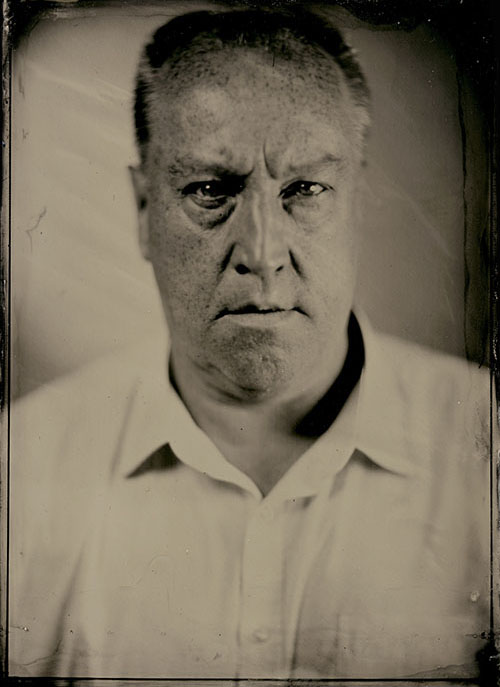Studio of Light Projects
Paul Hill : Prenotations Remastered
Argentea Gallery 17th September - 29th October
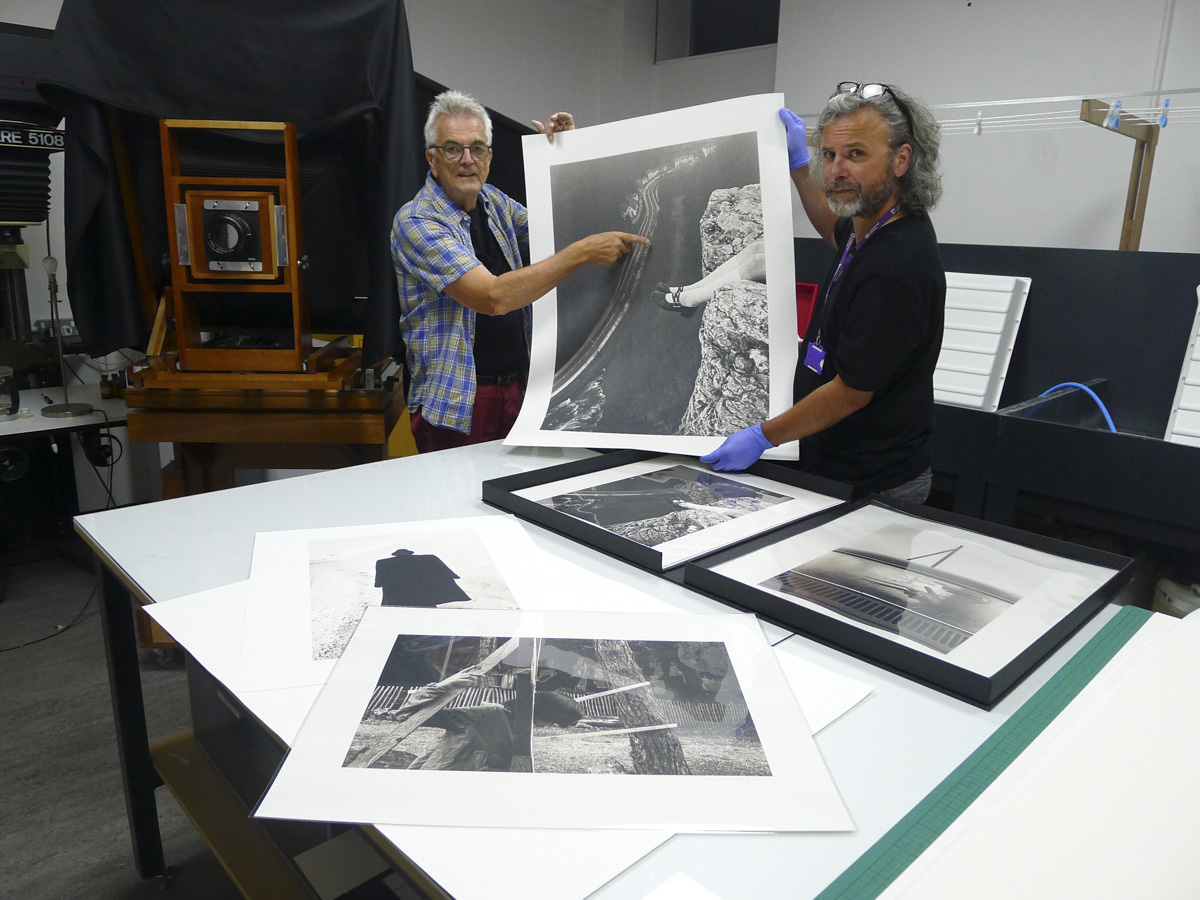
Paul Hill and Alan Duncan inspecting final platinum-palladium prints in the Studio of Light lab.
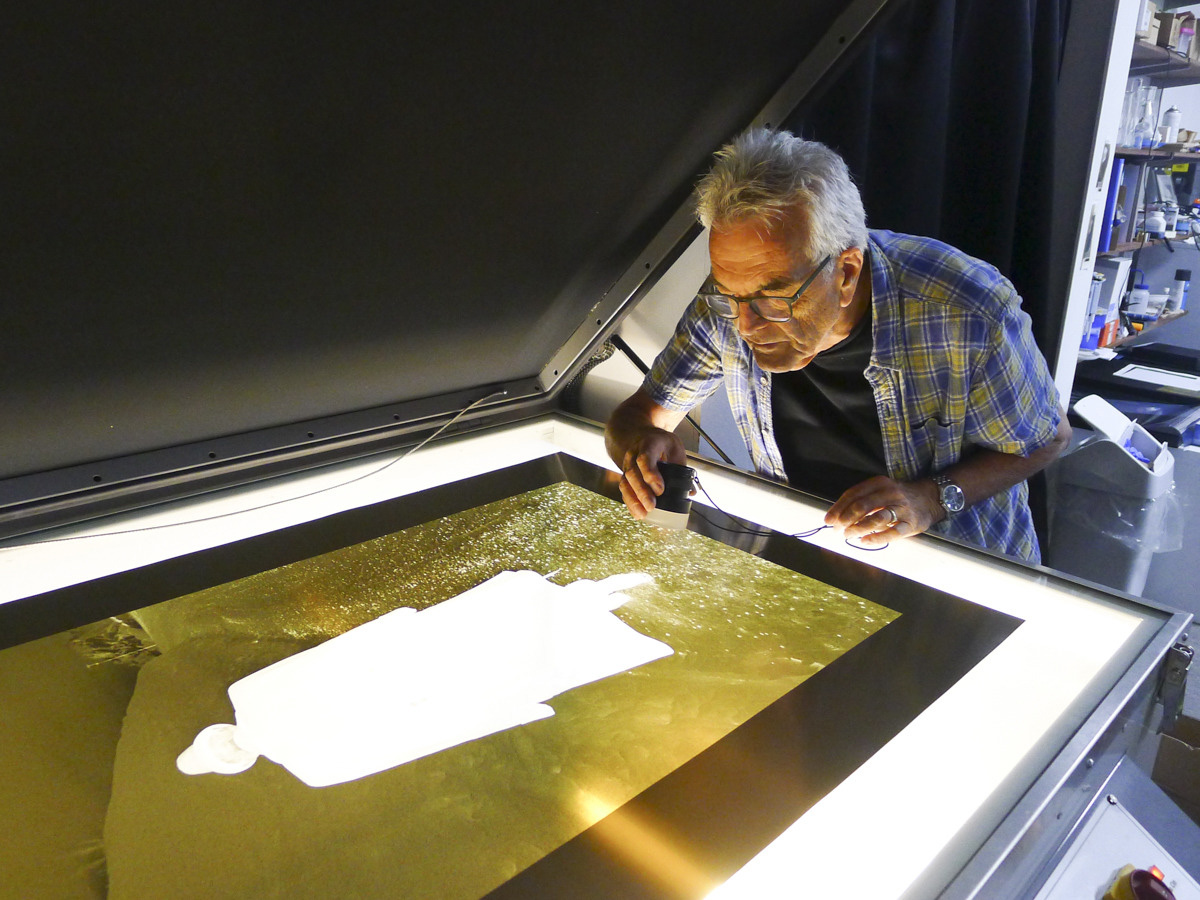
Paul Hill checking large negative prior to UV exposure and prining.
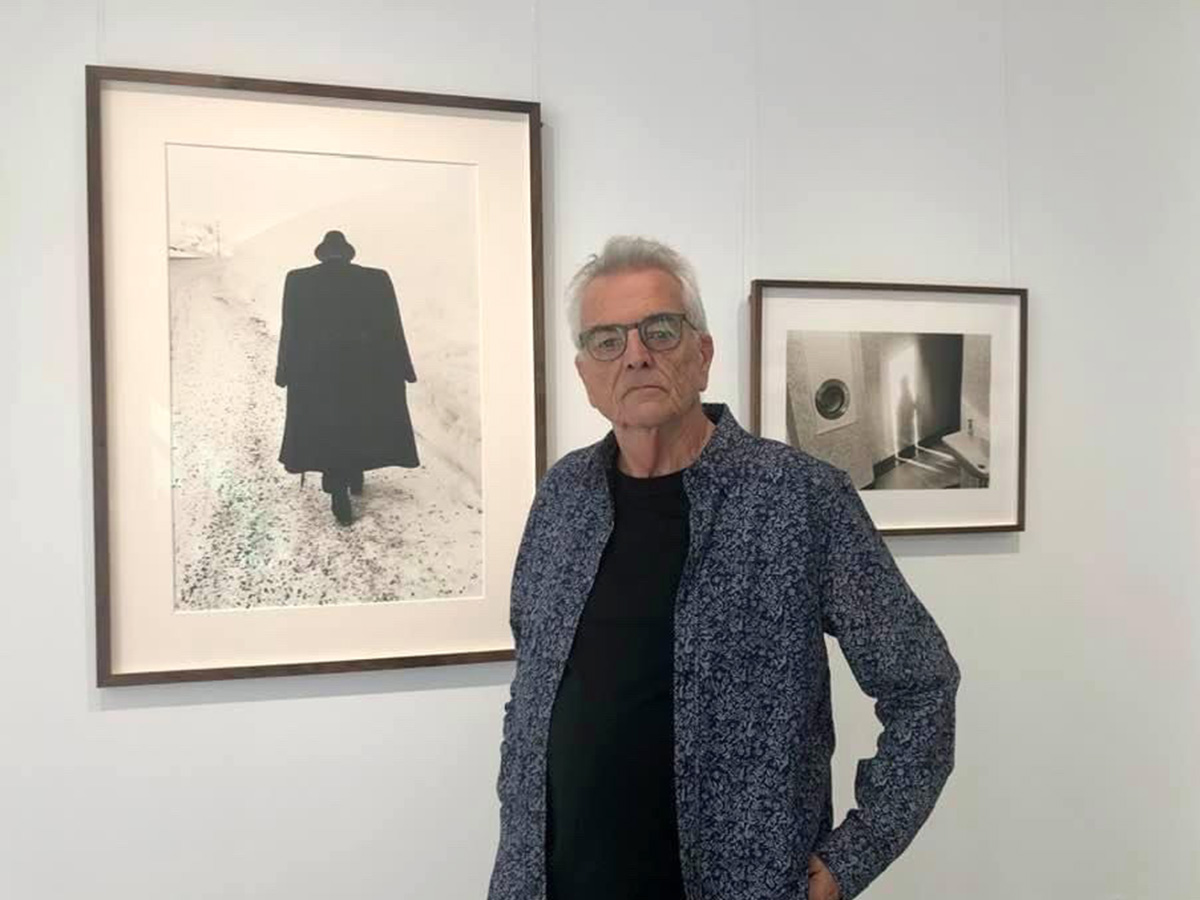
Paul Hill standing in front of the finish framed prints at the private view in the Argentea Gallery.
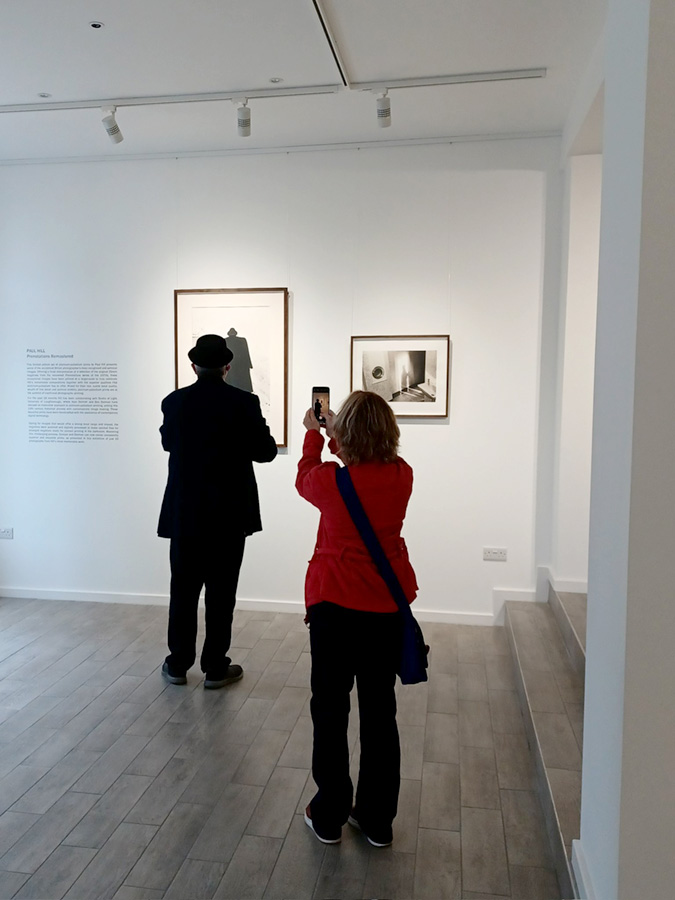
Scene from the private view.
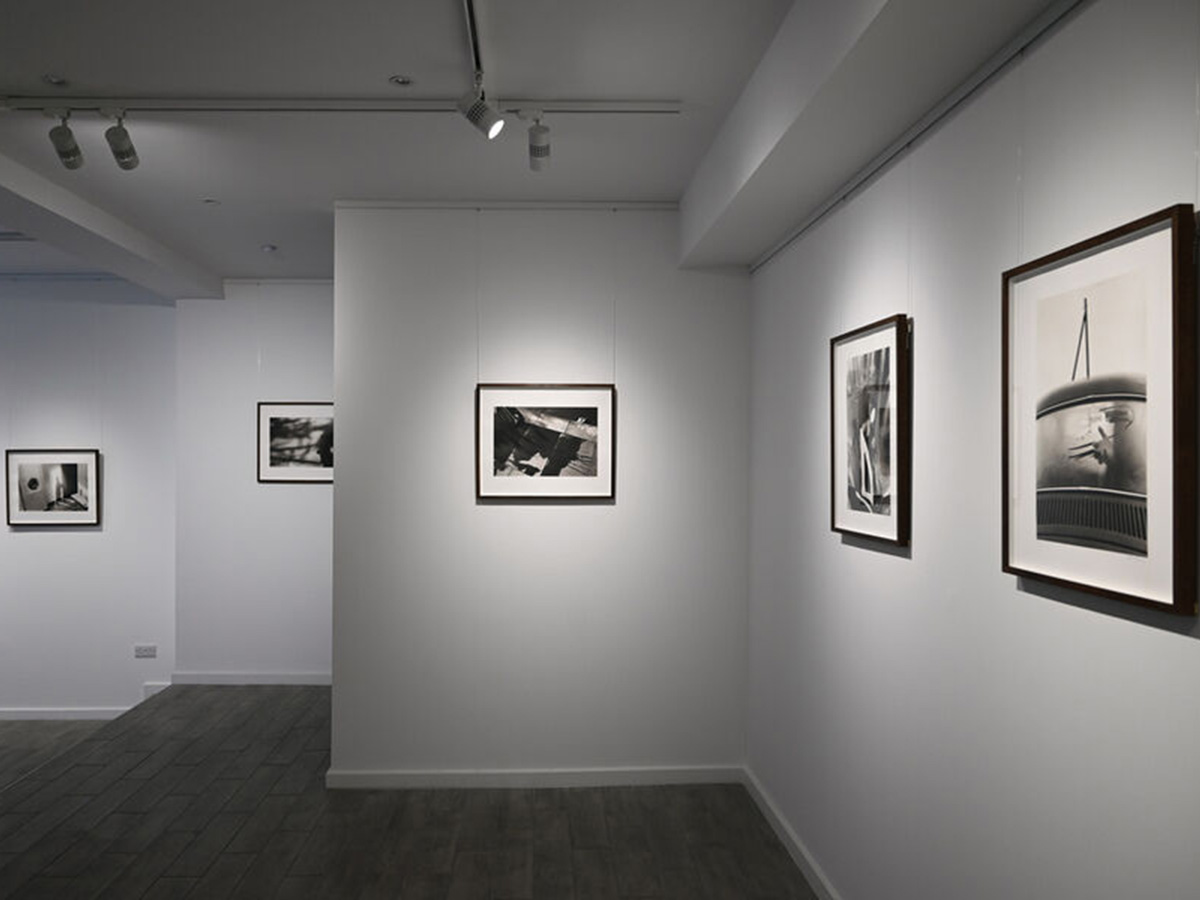
Installation of exhibition.
Text from the Argentea Gallery accompanying Paul Hill's exhibition : Turning 80 this year and still as creatively productive as ever, acclaimed British photographer Paul Hill has produced a limited edition set of platinum-palladium prints of some of his most recognised and seminal images. Prized for their rich, subtle tonal quality, wealth of fine detail and stability, platinum-palladium prints are at the summit of traditional photographic printing.
Proposing a fresh interpretation of a selection of the original 35mm negatives from his renowned Prenotations series of the 1970s, these exceptional images have been printed at a larger-scale to truly celebrate Hill’s remarkable compositions together with the superior qualities that platinum-palladium has to offer. Boasting fine detail and extreme archival stability, these beautiful prints have been handcrafted with the assistance of contemporary technology.
For the past 18 months, Hill has been working with Studio of Light at top ten University of Loughborough – specifically the photographic research and development expertise of Alan Duncan and Ben Dolman – who have devised an innovative approach to platinum-palladium printing by uniting this 19th century historical process with contemporary image making.
Opting for images that would offer a strong tonal range and impact, the negatives were scanned and digitally processed to make optimal files for the enlarged negatives ready for contact printing in the darkroom. Mastering this challenging process, they can now create consistently superior and exquisite prints, as presented in this exhibition of just 10 photographs from Hill’s most memorable work.
Hill comments
“I was so excited to get this invitation from Loughborough to participate in their venture into platinum printing and have my work printed by Alan and Ben. Their reputation as photographic innovators is well known, so I knew I was in safe hands. This is particularly important as there is only ONE negative existing of probably my best-known image – Man Against Snow – made in 1974! When they told me that the prints would last for at least 1,000 years it was an easy decision. To think that if a photograph was made by this process at the time of the Norman Conquest and it would still be OK today is phenomenal!”
Argentea Gallery is extremely honoured to work with Hill and Loughborough University to exhibit these outstanding prints in The Midlands where much of Hill’s work was conceived. These rare prints of such beguiling luminosity, made with premium noble metals, attentive patience and meticulous precision will appeal to collectors who relish both the unique materiality and exclusivity of these influential images.
Signed copies of the recently released 3rd edition of Hill’s seminal book Approaching Photography, which includes several photographs from the exhibition, is also available to purchase alongside a selection of smaller, vintage prints from our Print Room.
Born in Ludlow, Shropshire in 1941, Paul Hill now lives and works in the Peak District of Derbyshire with fellow photographer, Maria Falconer. Hill has exhibited internationally and co-authored numerous books. His works are held in prestigious private and public collections including The Hyman Collection; the Victoria and Albert Museum, London; the National Science and Media Museum, Bradford; the Arts Council Collection; the Government Art Collection; the Museum of Modern Art, Stockholm; the Australian National Gallery, Canberra and the Bibliotheque Nationale, Paris, the Yale Center for British Art, Houston Museum of Fine Arts, Cleveland Museum of Art in the USA; and the Bodleian Library, Oxford.
He was made a Fellow of the Royal Photographic Society in 1990, and awarded an MBE for services to photography in 1994. He has honorary doctorates in art from Derby and De Montfort Universities. The Paul Hill/Photographer’s Place Archive is held by Library of Birmingham.
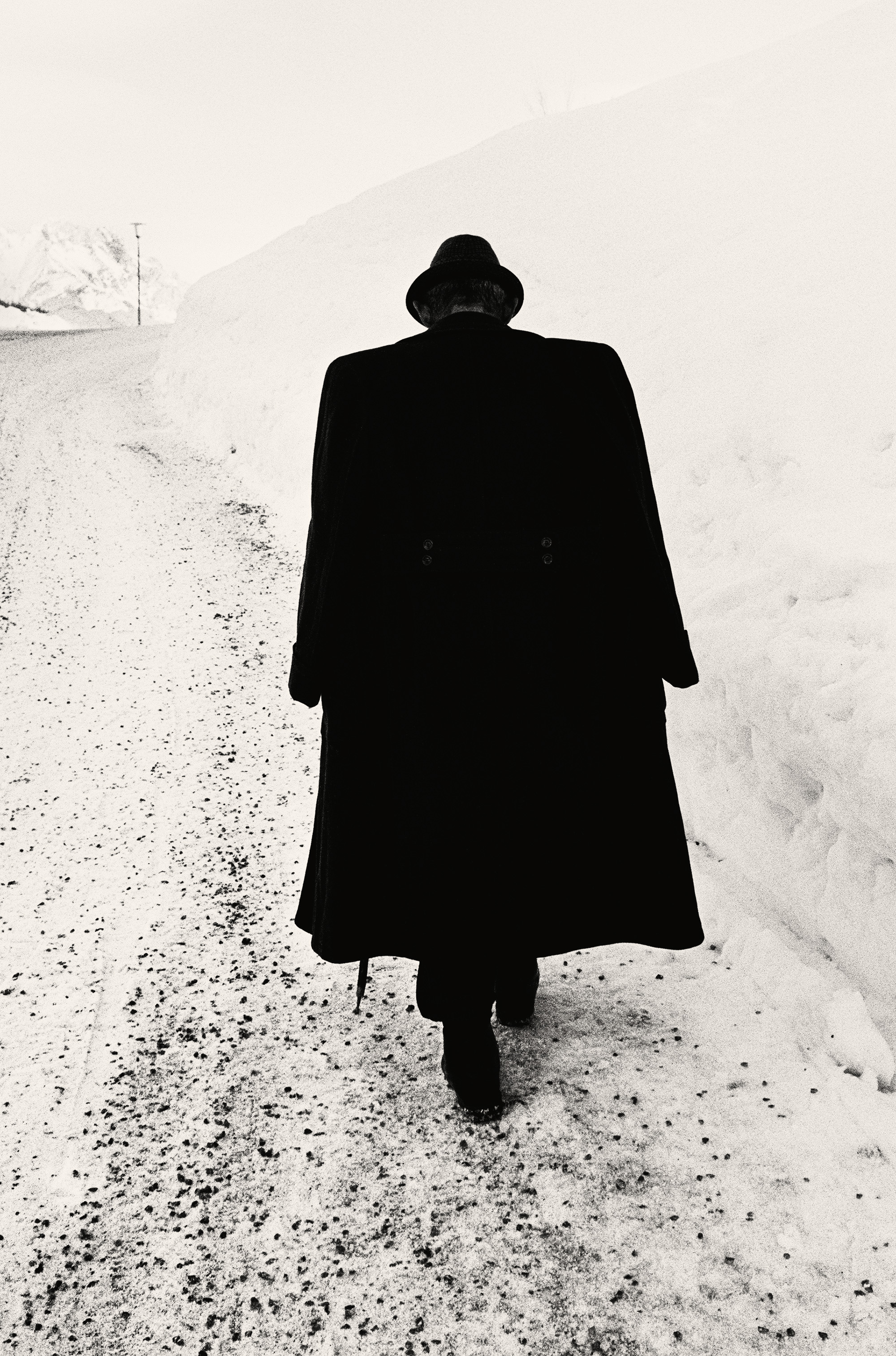
Paul Hill : Man Against Snow, Austria 2021 made from original 1974 negative
30" x 40" Platinum and Palladium on Bergger Cot 320
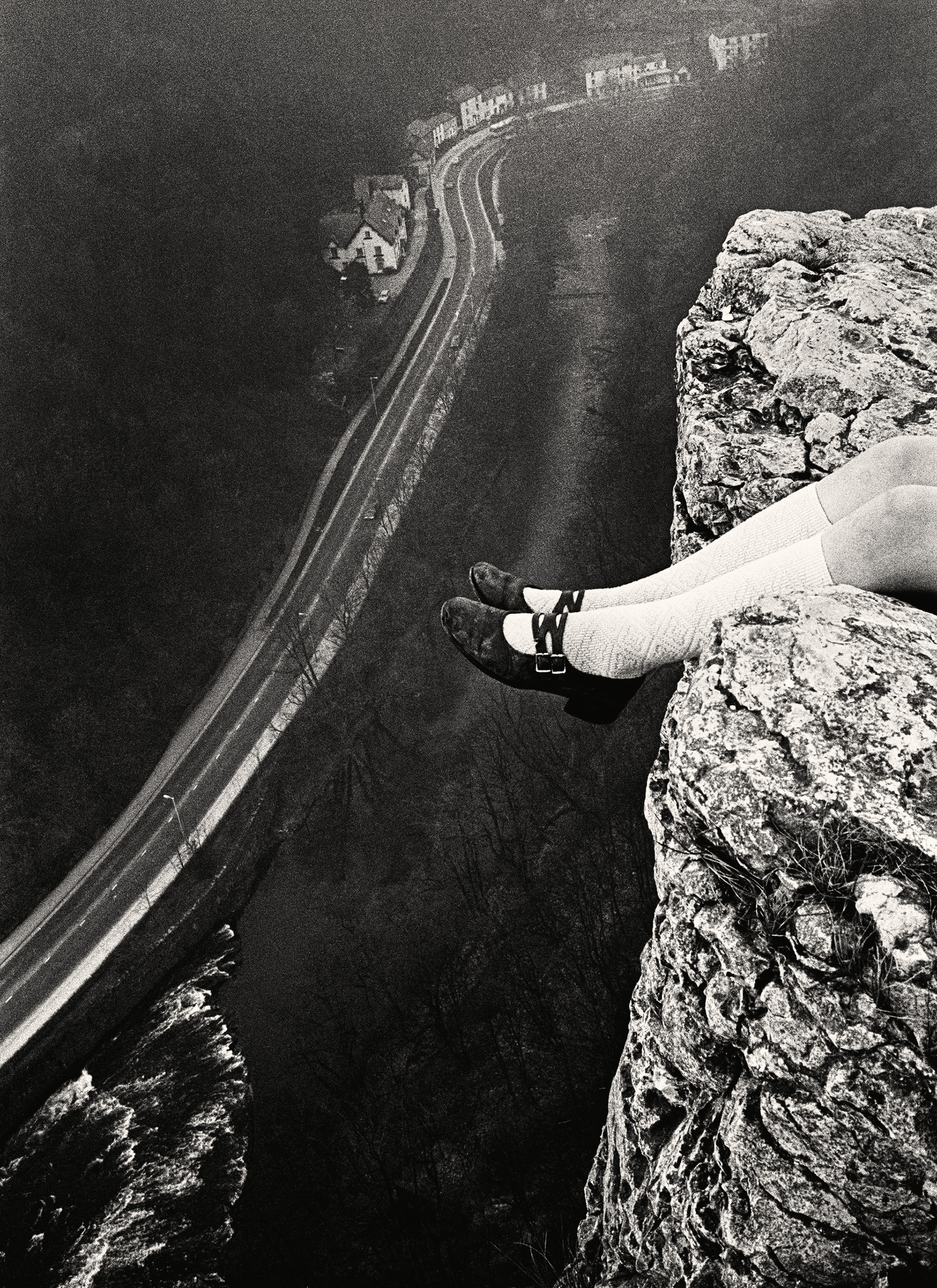
Paul Hill : Legs over High Tor, Matlock Bath 2021 from original 1975 negative
30" x 40" Platinum and Palladium on Bergger Cot 320
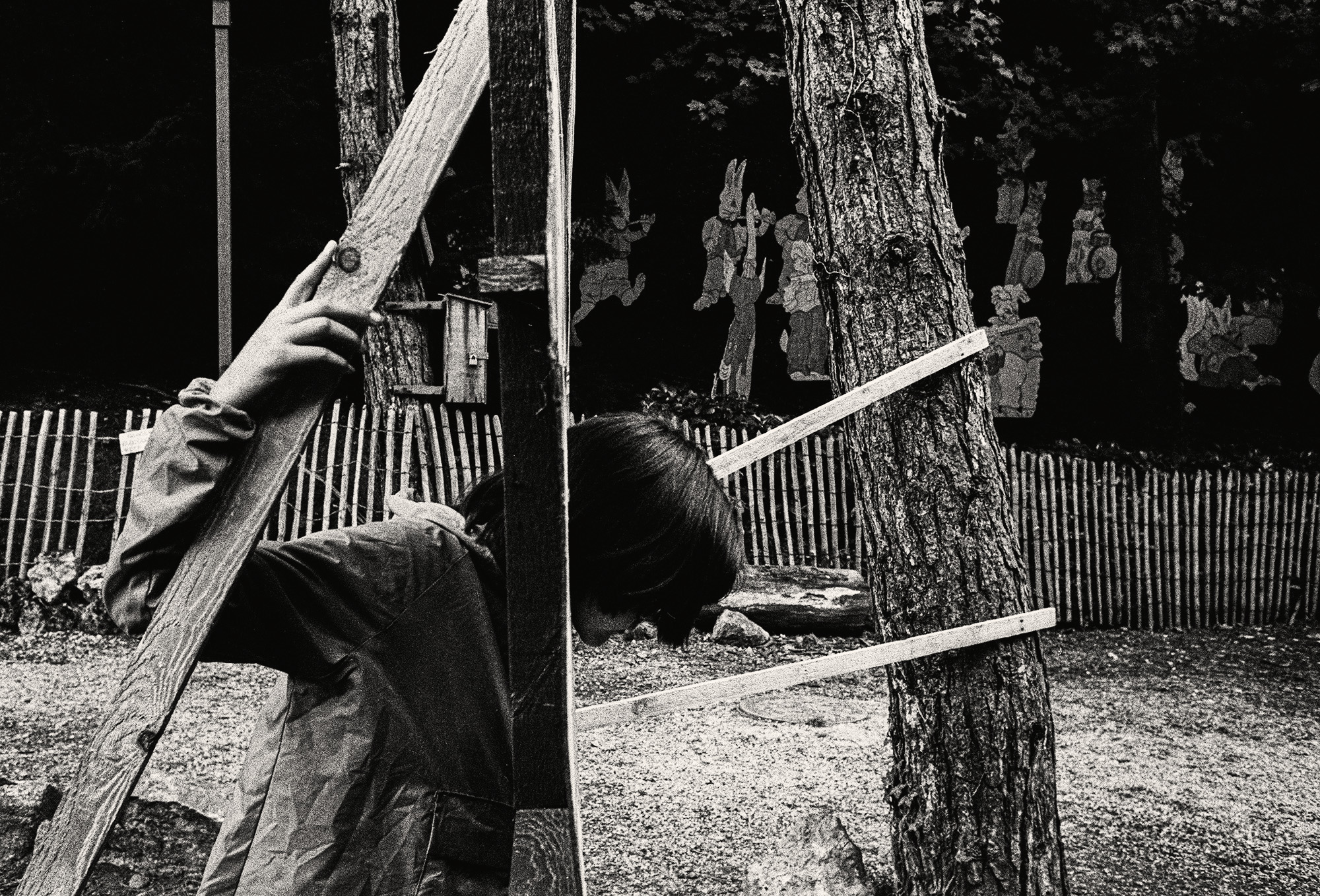
Paul Hill : Girl in Anorak, Matlock Bath 2021 from original 1977 negative
20" x 24" Platinum and Palladium on Bergger Cot 320
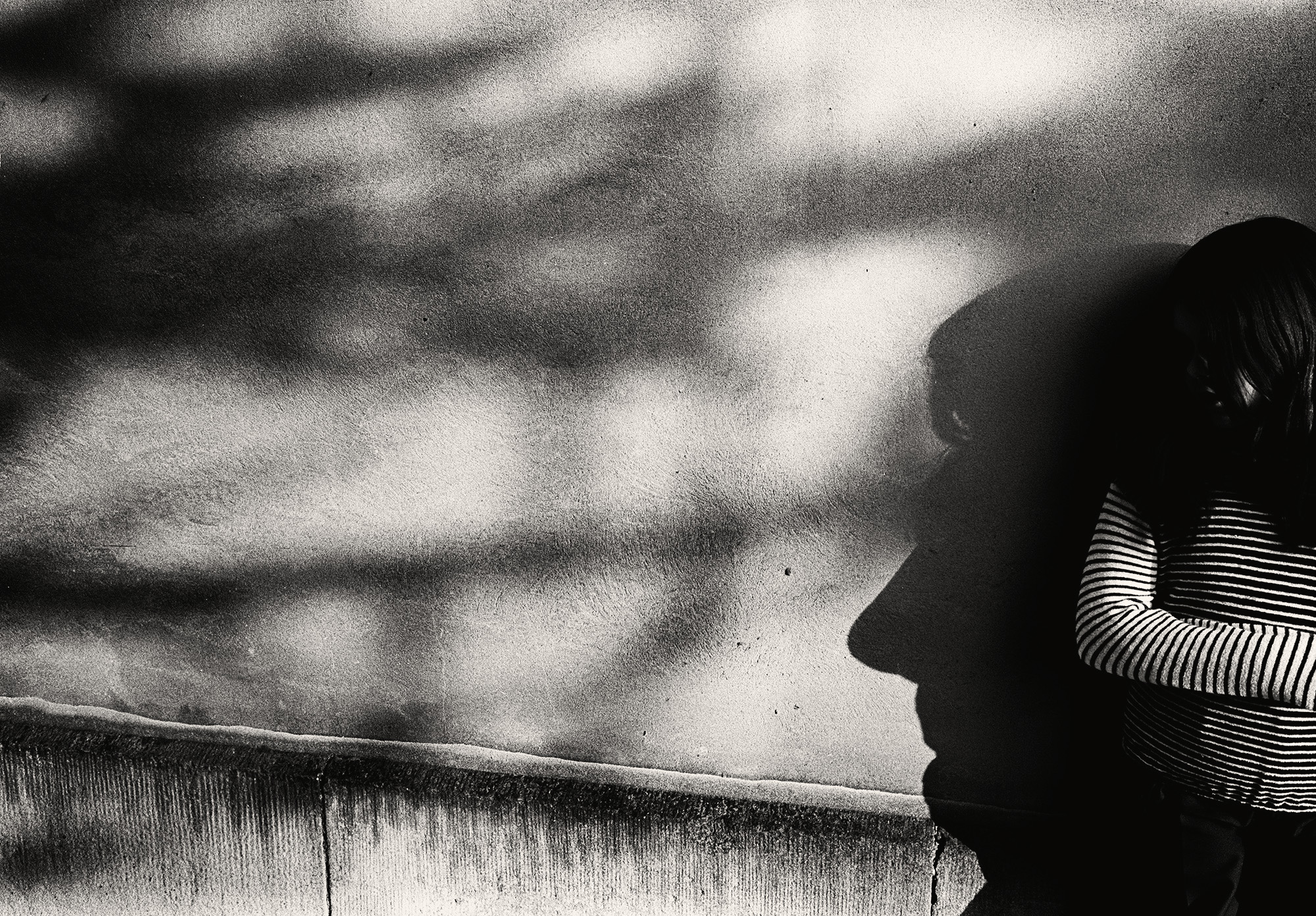
Paul Hill : Girl in Striped Shirt, Matlock Bath 2021 from original 1976 negative
20" x 24" Platinum and Palladium on Bergger Cot 320
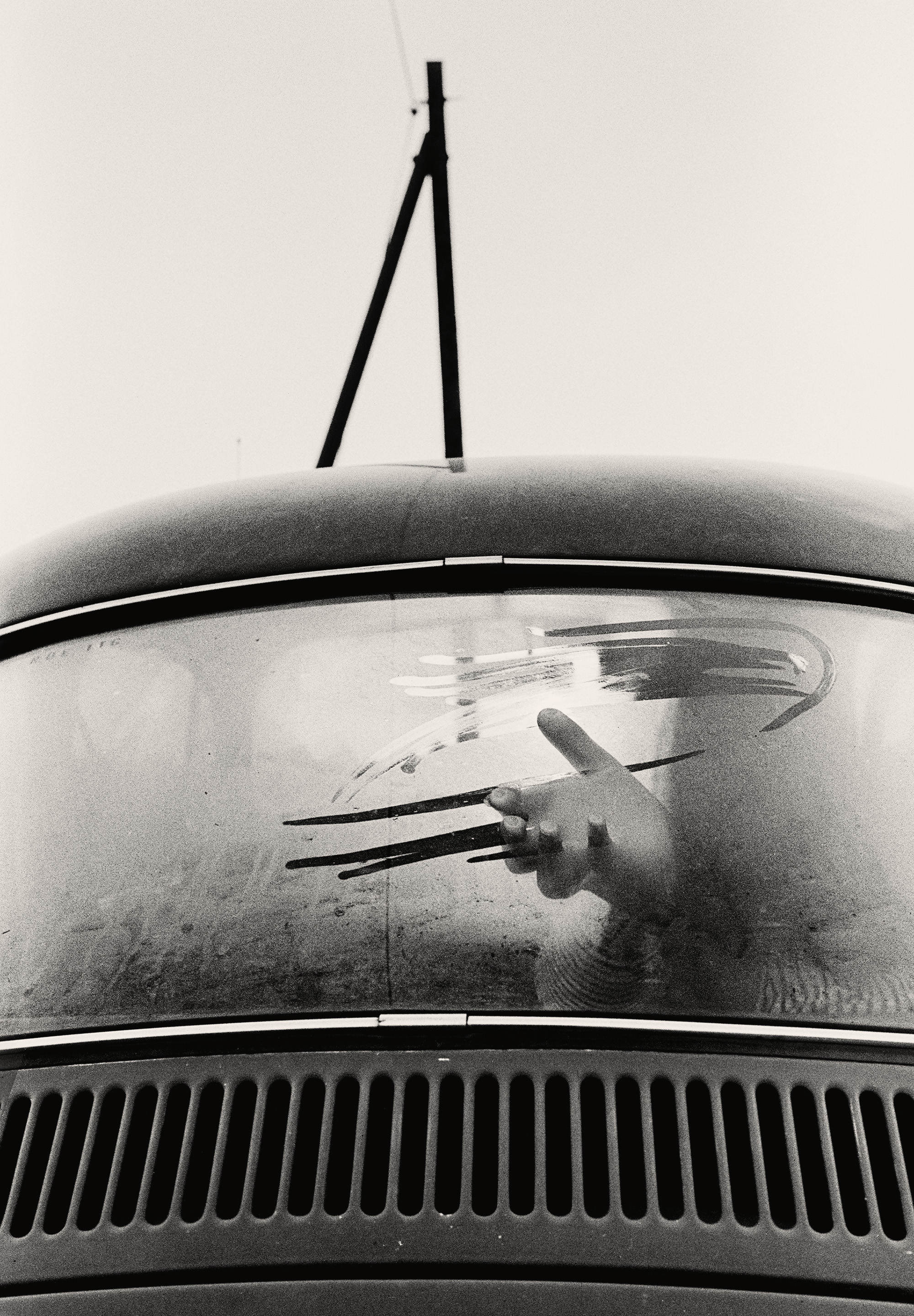
Paul Hill : Hand in Car, Brassington 2021 from original 1976 negative
20" x 24" Platinum and Palladium on Bergger Cot 320
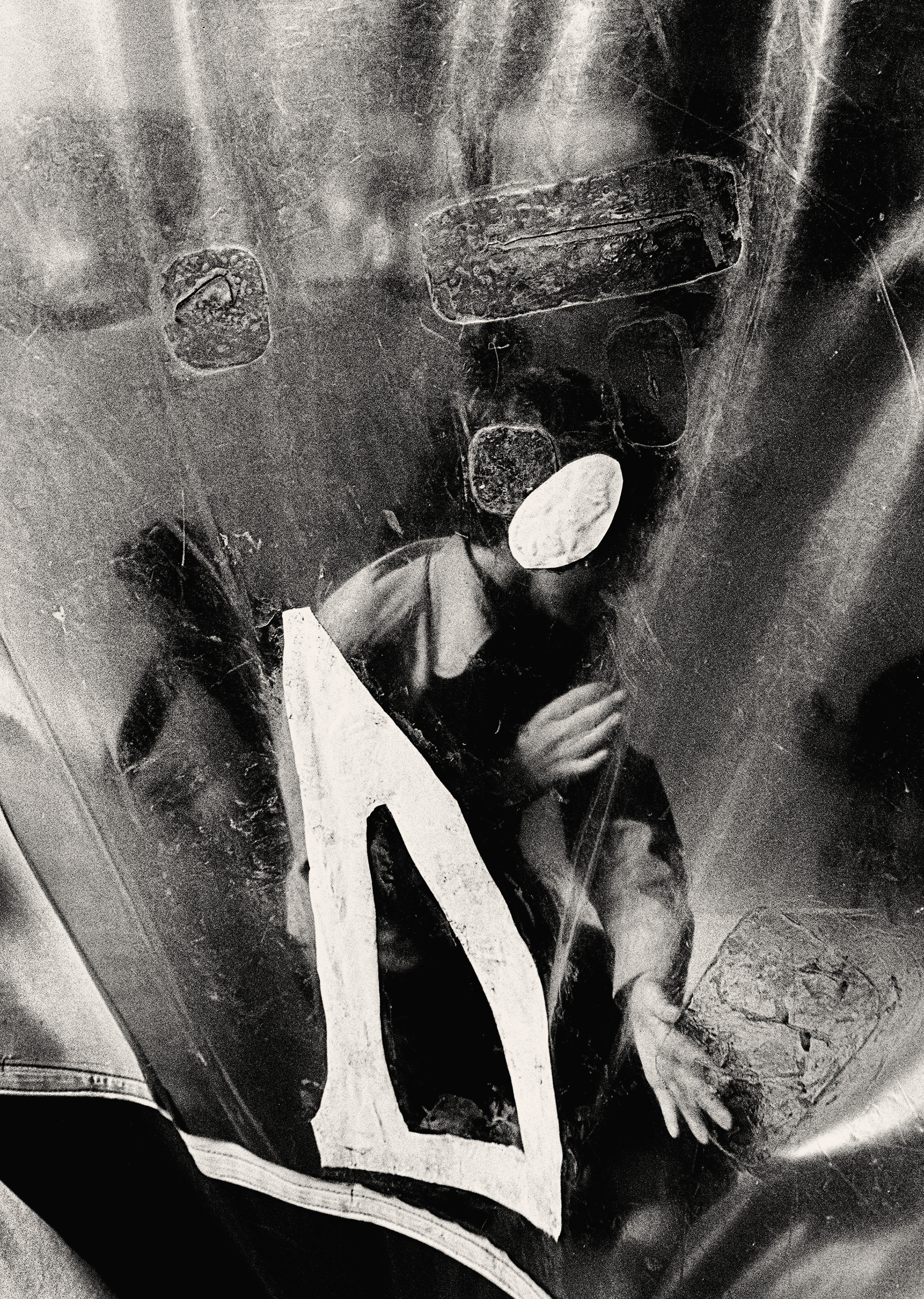
Paul Hill : Astrobouncer, Shrewsbury Flower Show 2021 from original 1975 negative
20" x 24" Platinum and Palladium on Bergger Cot 320
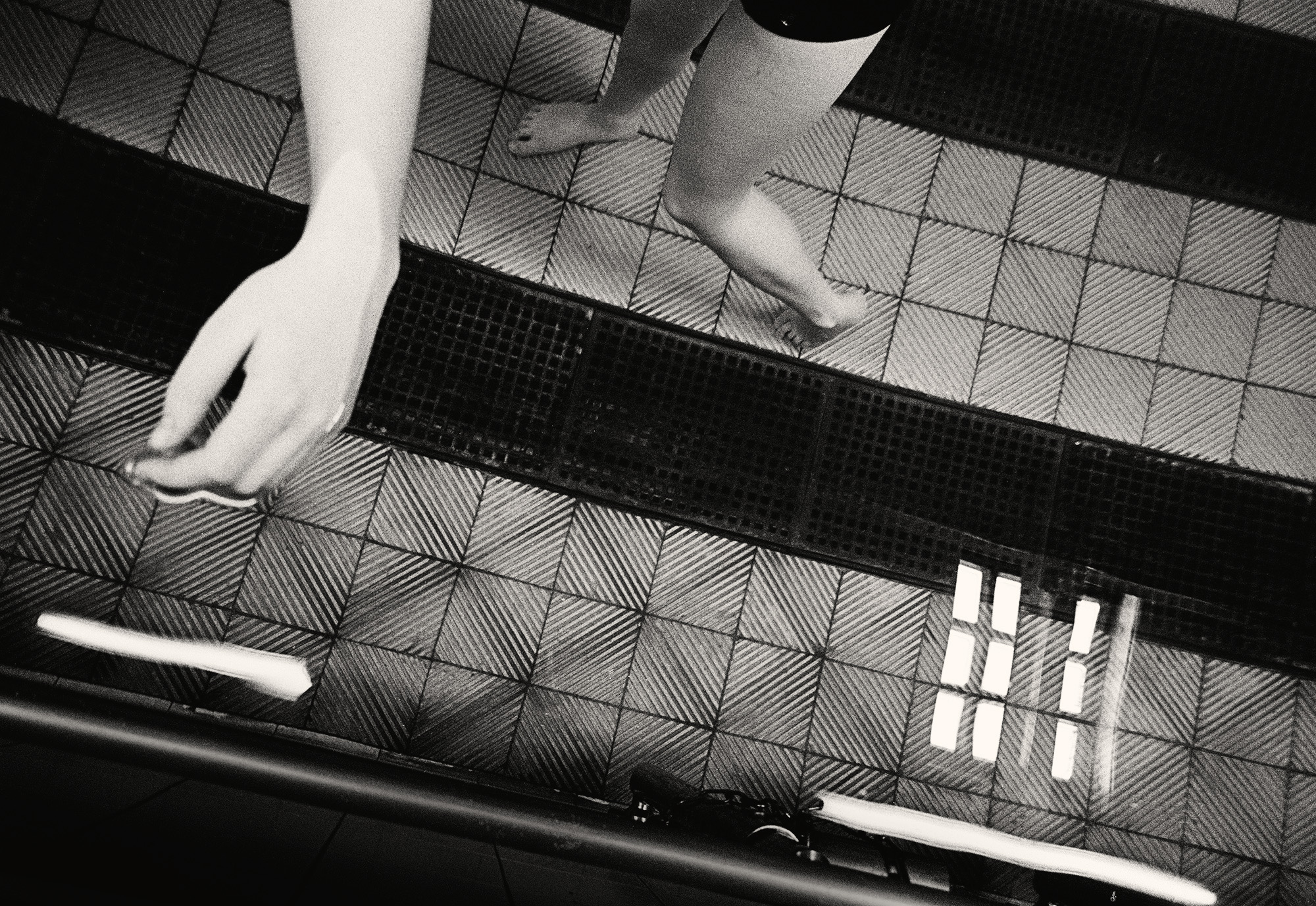
Paul Hill : Hand and Legs in Water, Buxton 2021 from original 1975 negative
20" x 24" Platinum and Palladium on Bergger Cot 320
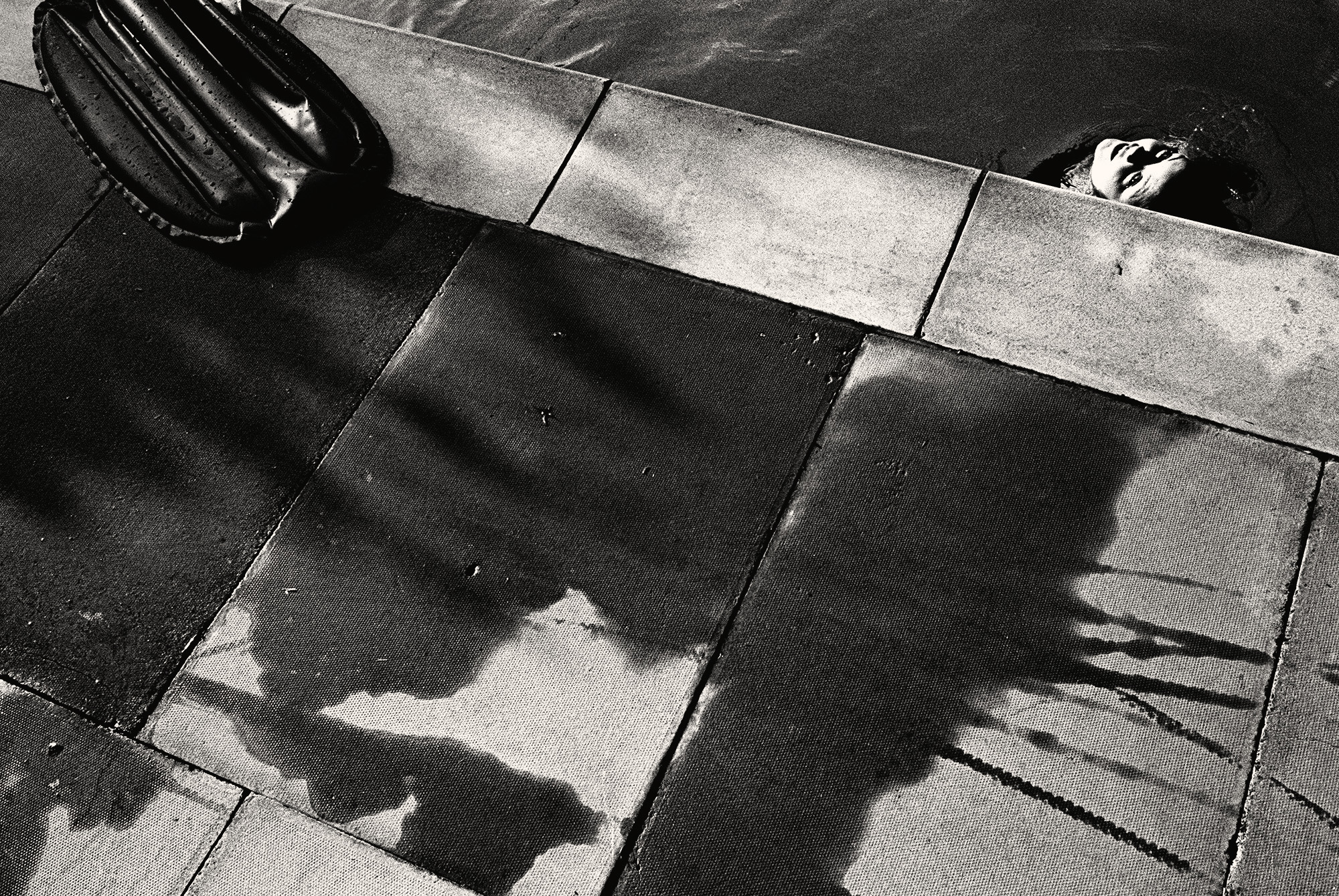
Paul Hill : Airbed and Swimmer, Bradbourne 2021 from original 1976 negative
20" x 24" Platinum and Palladium on Bergger Cot 320
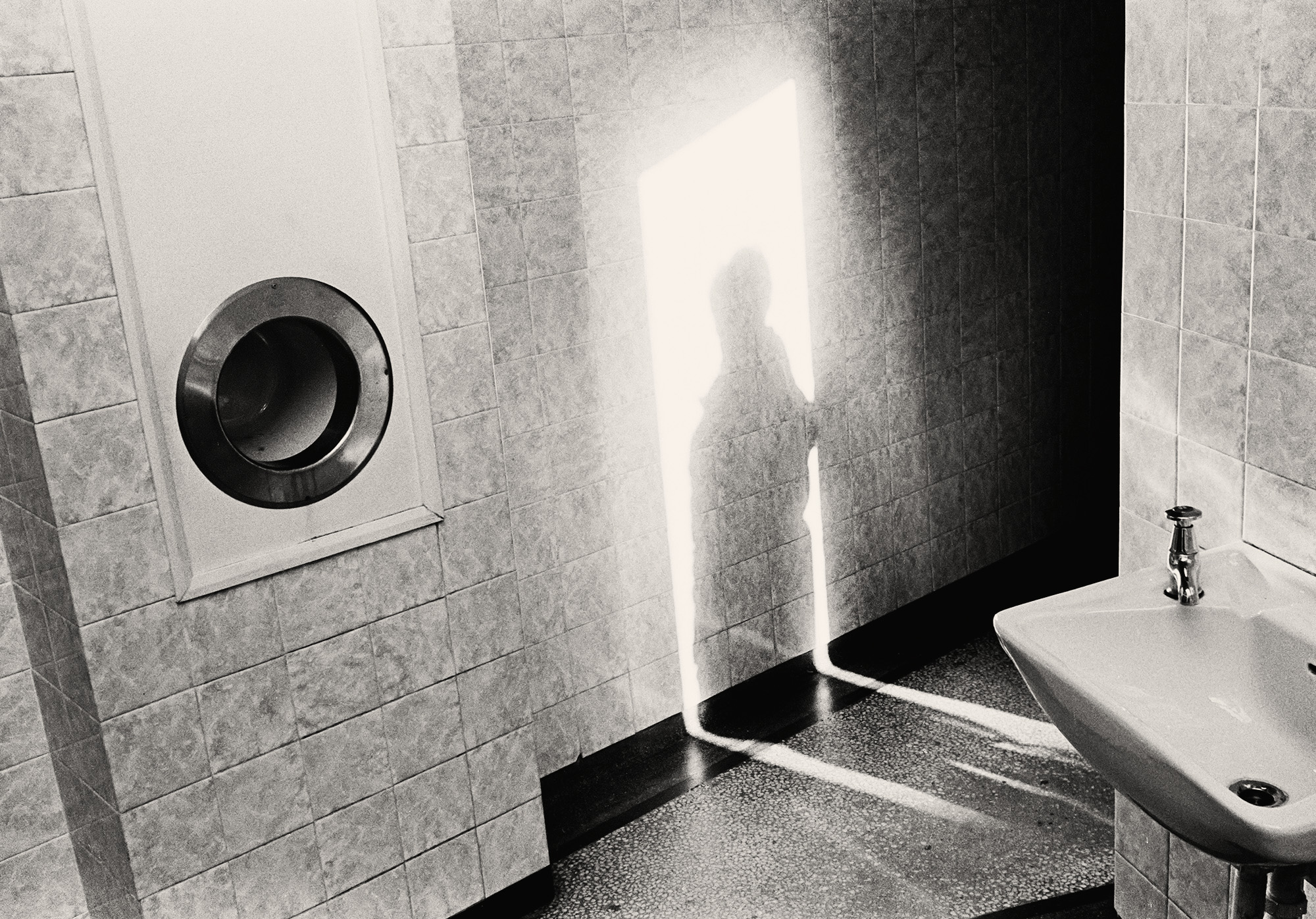
Paul Hill : Shadow on Toilet Wall, Ashbourne 2021 from original 1974 negative
20" x 24" Platinum and Palladium on Bergger Cot 320
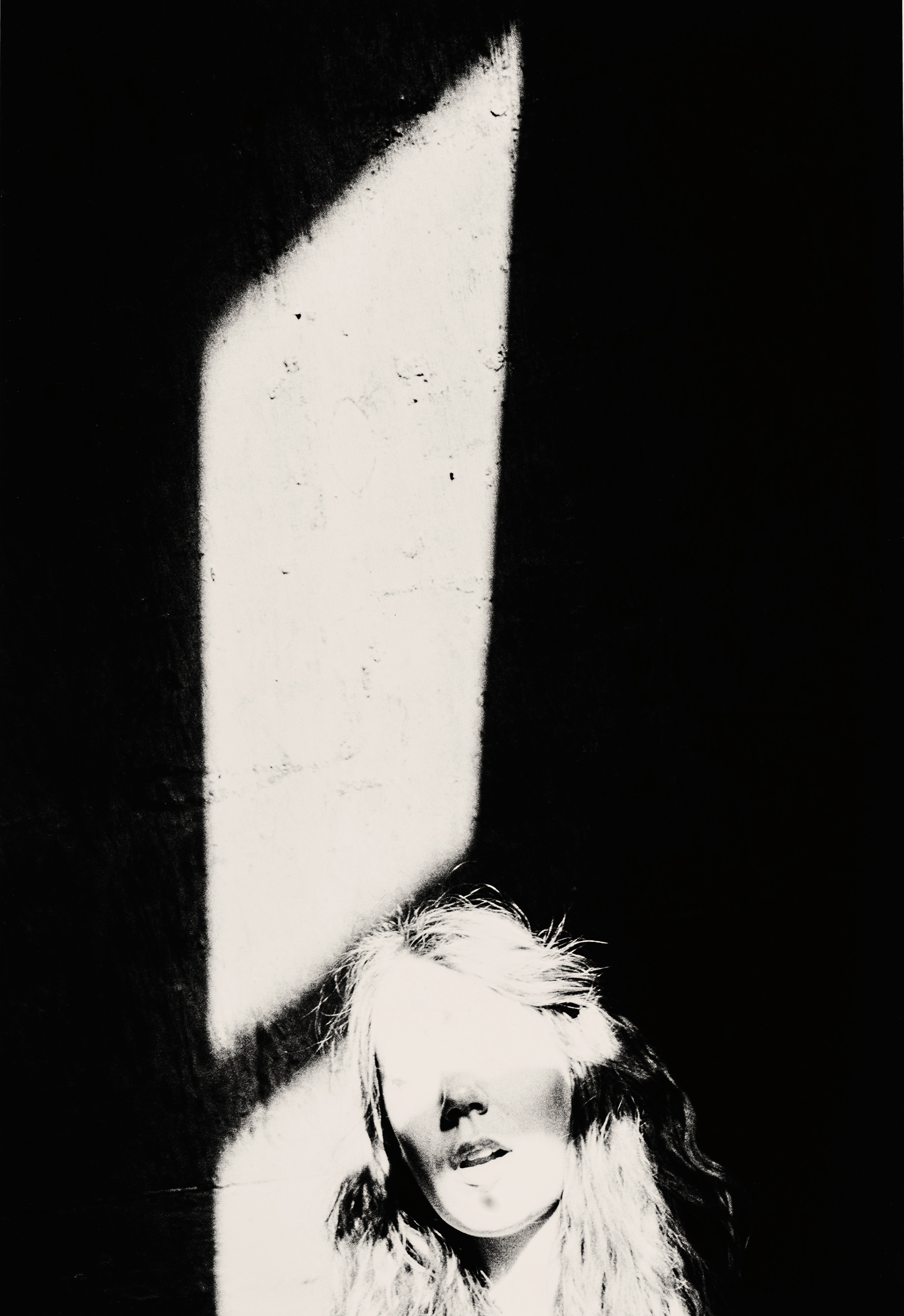
Paul Hill : Josephine, Nottingham 2021 from original 1974 negative
20" x 24" Platinum and Palladium on Bergger Cot 320
Loughborough University Enterprise EPG Funded Project
The aim of this EPG funded project from Loughborough University's Enterprise Office was to enable the Studio of Light to develop a network with leading artists, photographers, galleries and curators, to create a portfolio of platnium-palladium prints that showcased Studio of Light work and potentially in the future offer master workshops in digital imaging and platnium-palladium printing.
The images below are from artists and photographers who have contributed to the development of the Studio of Light portfolio which will continue to add new work to demonstrate a wide range of subject and approaches to image making. The intention now is to loan out the portfolio sets to potential collaborators, curators, archivists, public and private galleries so they can physically see and inspect the work being done by the Studio of Light.
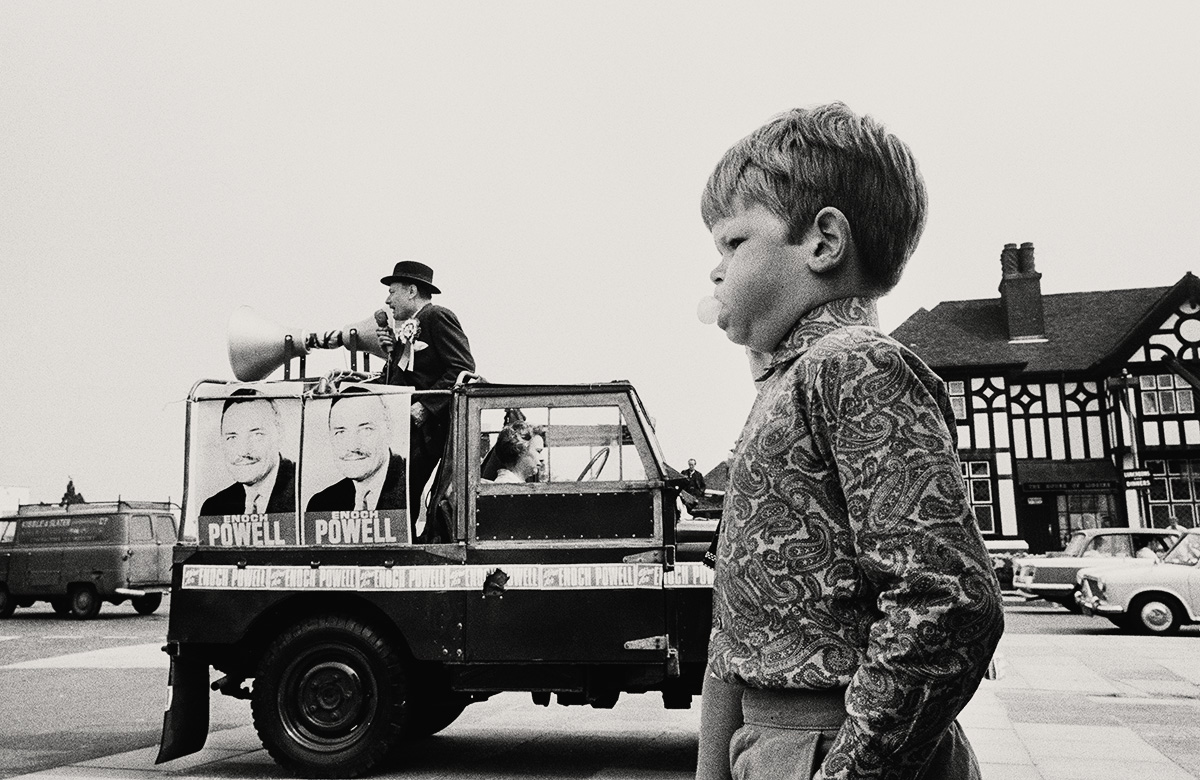
Paul Hill : Early Work
Platinum and Palladium on Hahnemühle Platinum Rag
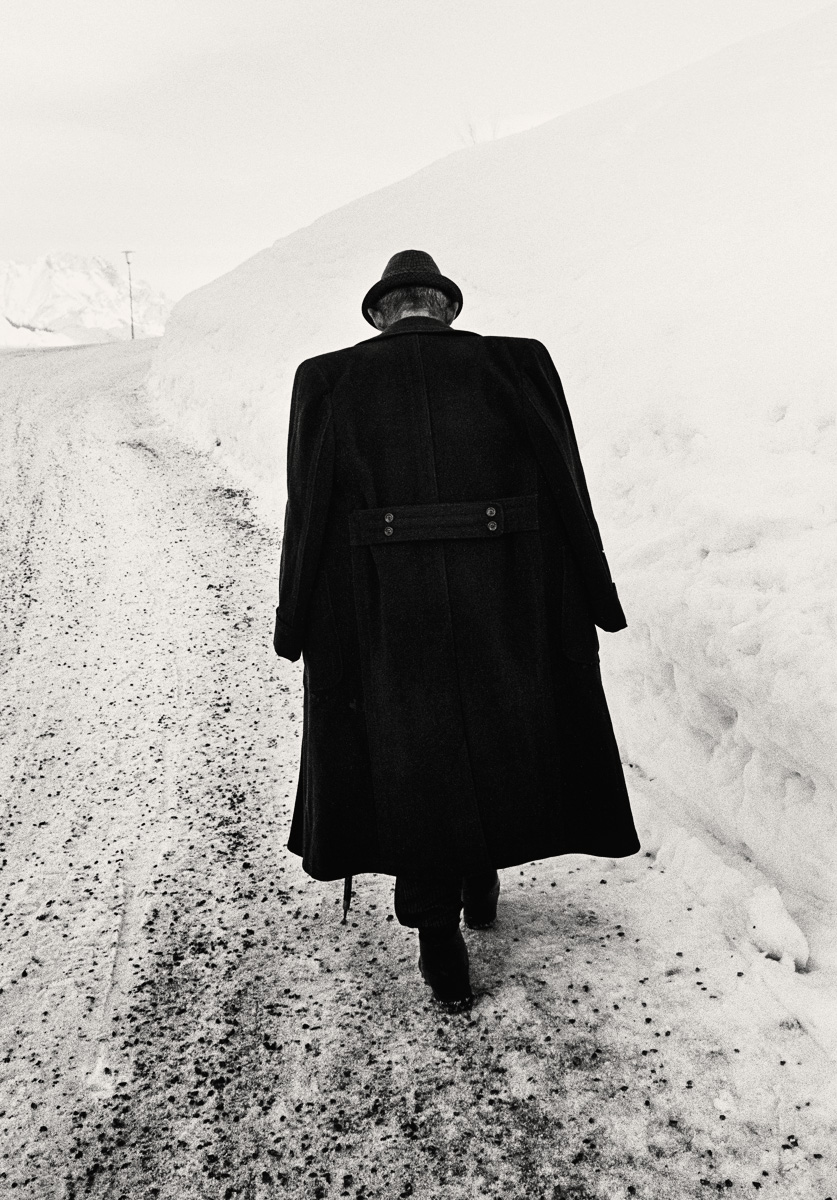
Paul Hill : Early Work
Platinum and Palladium on Hahnemühle Platinum Rag
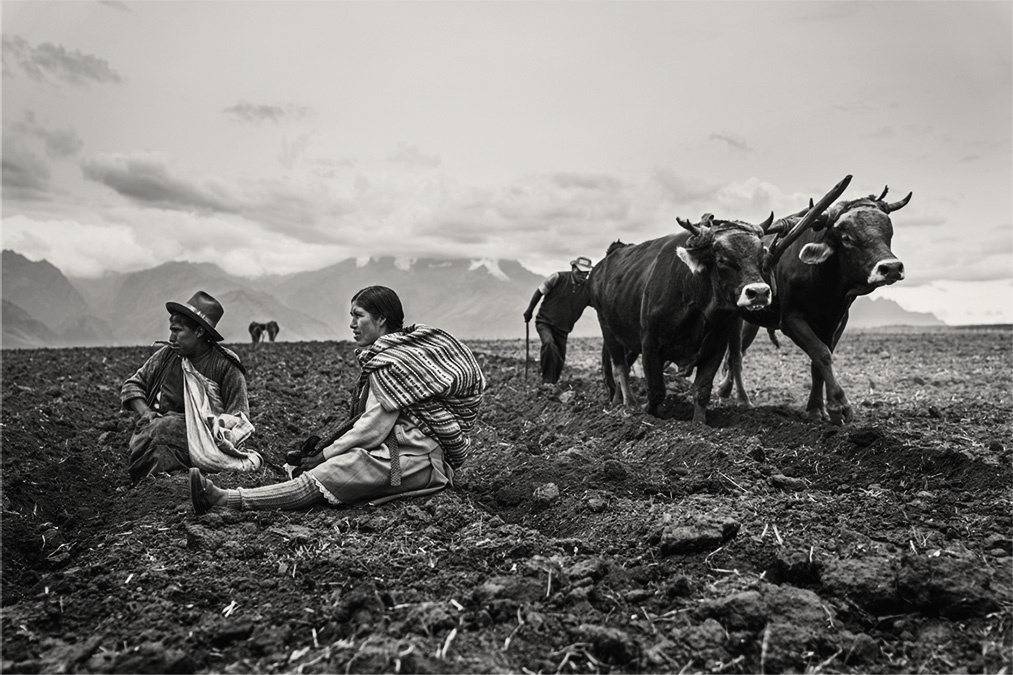
John Higginson : Indigenous
Platinum and Palladium on Bergger Cot 320
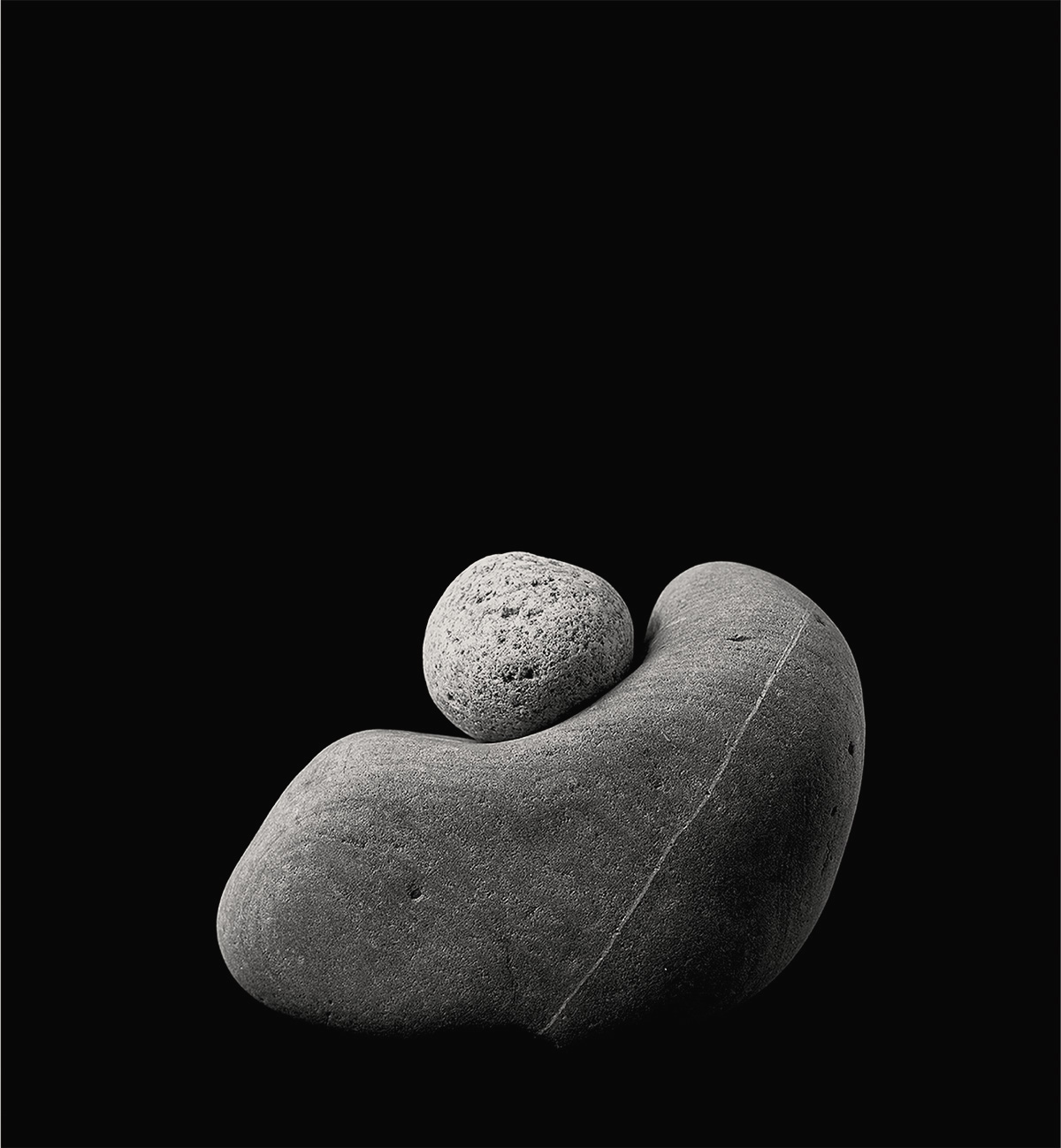
Sophy Rickett : Stones
Platinum and Palladium on Hahnemühle Platinum Rag
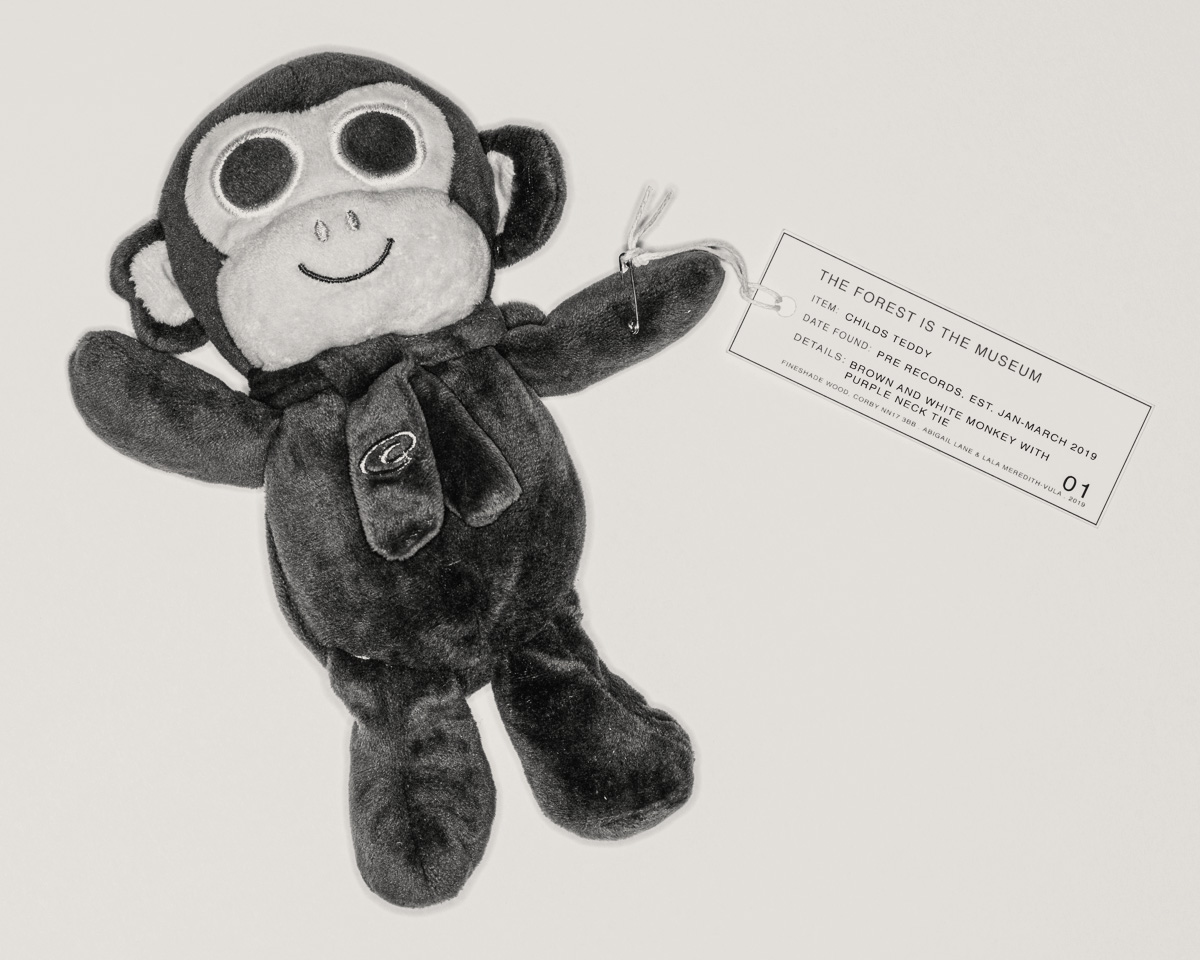
Abigail Lane and Lala Meredith-Vula: Exhibit 01
Platinum and Palladium on Hahnemühle Platinum Rag

Ben Dolman : Wanlip Pool
Platinum and Palladium on Bergger Cot 320
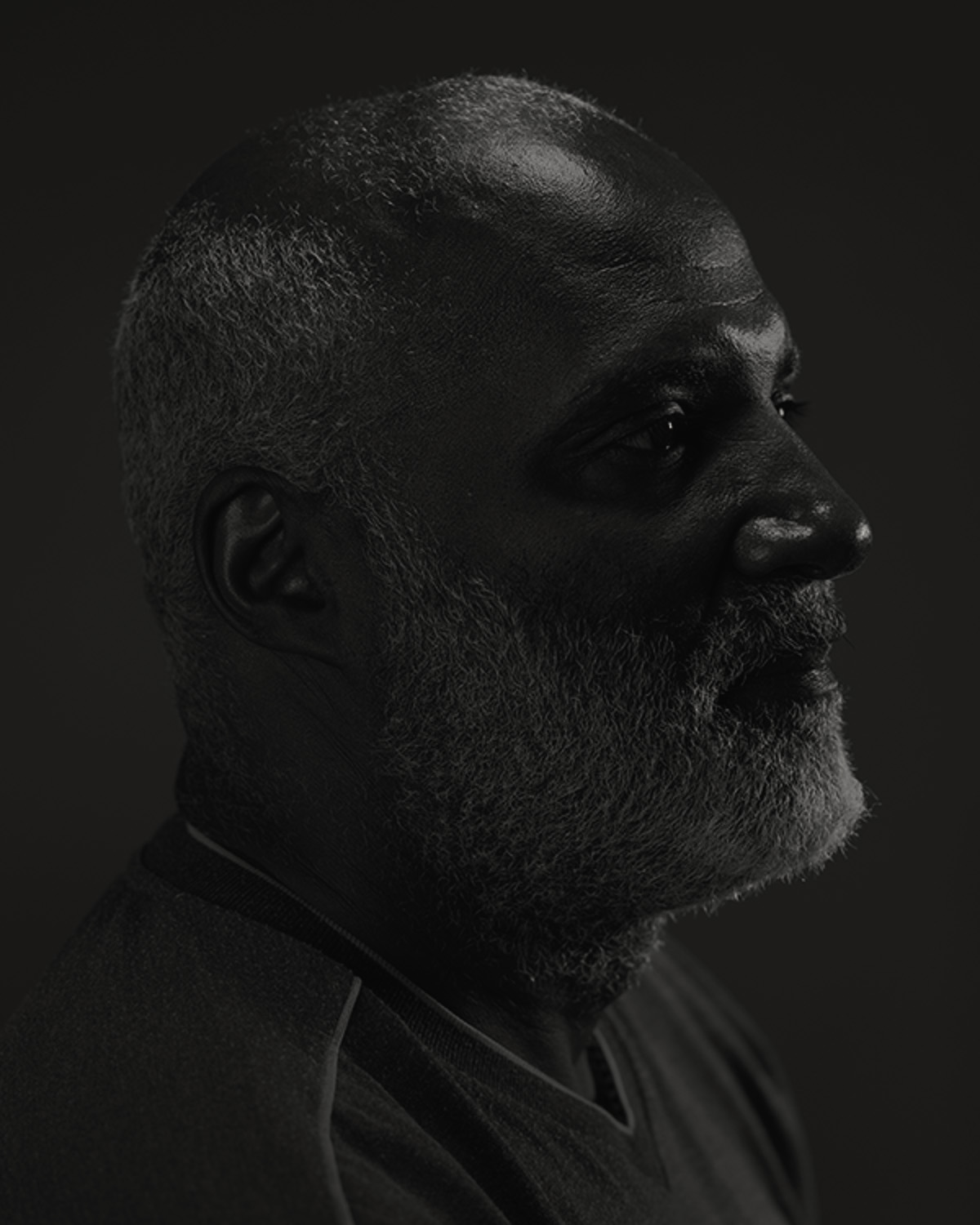
Alan Duncan : Daz
Platinum and Palladium on Bergger Cot 320

Alan Duncan : Beth
Platinum and Palladium on Bergger Cot 320
Olympics Portrait Project
In preparation for Tokyo 2020 the Studio of Light is working on a project to display photographs of athletes – past and present – to show the impact that Loughborough has had on the world sporting stage through art.
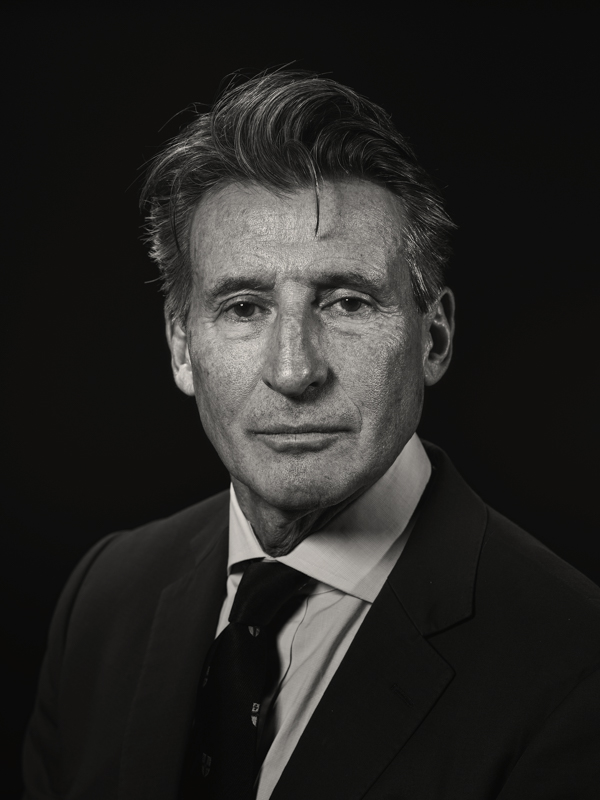
Lord Coe
Photograph by Alan Duncan

David Moorcroft OBE
Photograph by Alan Duncan

Crystal Lane
Photograph by Alan Duncan

Beth Dobbin
Photograph by Alan Duncan
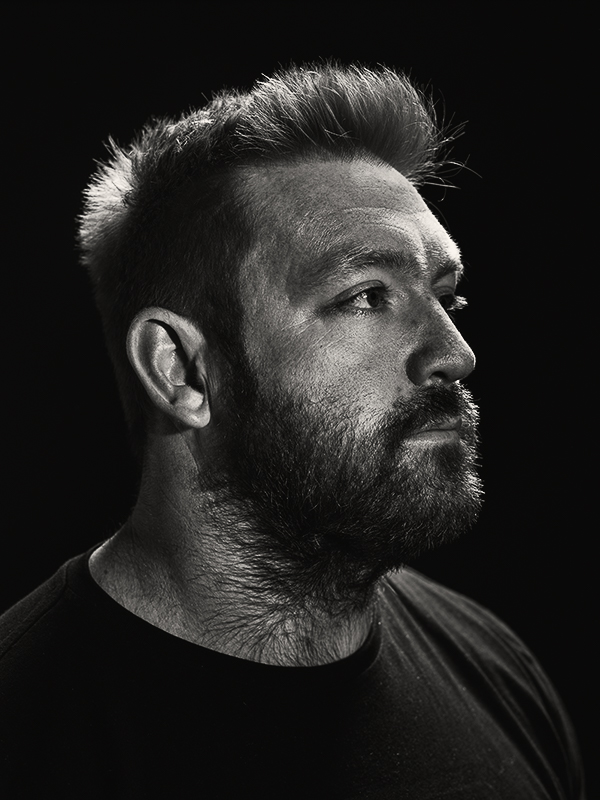
Dan Greaves
Photograph by Alan Duncan

Sam Ruddock
Photograph by Alan Duncan

Ian Armiger
Photograph by Alan Duncan

George Gandy
Photograph by Alan Duncan
The Forest Is The Museum : Abigail Lane & Lala Meredith-Vula
Text from Fineshade Woods contemporary art exhibition, 30 November 2019 – 30 March 2020 : The culmination of Abigail Lane and Lala Meredith-Vula‘s residency at Fineshade Wood recontextualises lost property collected in the forest, the artists working with Forestry England to reflect the human presence within these woods as well as our ongoing relationship with nature and managed natural spaces.
Our possessions follow us and the process of losing, finding, and handing belongings into a lost property point is familiar worldwide. Each of the ninety items which now comprise The Forest is the Museum collection were considered important enough to carry into the forest by someone and, once lost, identified by a passerby as something worth an attempt to reunite with its owner. Most items have little monetary value, but tagging and cataloguing the collection re-empowers these objects, imbuing each with new value and significance.
Notably, many of the objects are plastic, a material which survives long past our individual human lifespan and arguably beyond that of many of our natural spaces.
The installation and accompanying photographs project our current existence into the future, treating the everyday artefacts of our recreation as future archaeological specimens or articles of evidence.
This exhibition features the beginnings of a new body of work in collaboration with Loughborough University‘s Studio of Light, with artefacts from the collection forensically photographed and presented as incredibly detailed platinum prints, a highly specialised photographic and reprographic process that dates back to the 19th century.
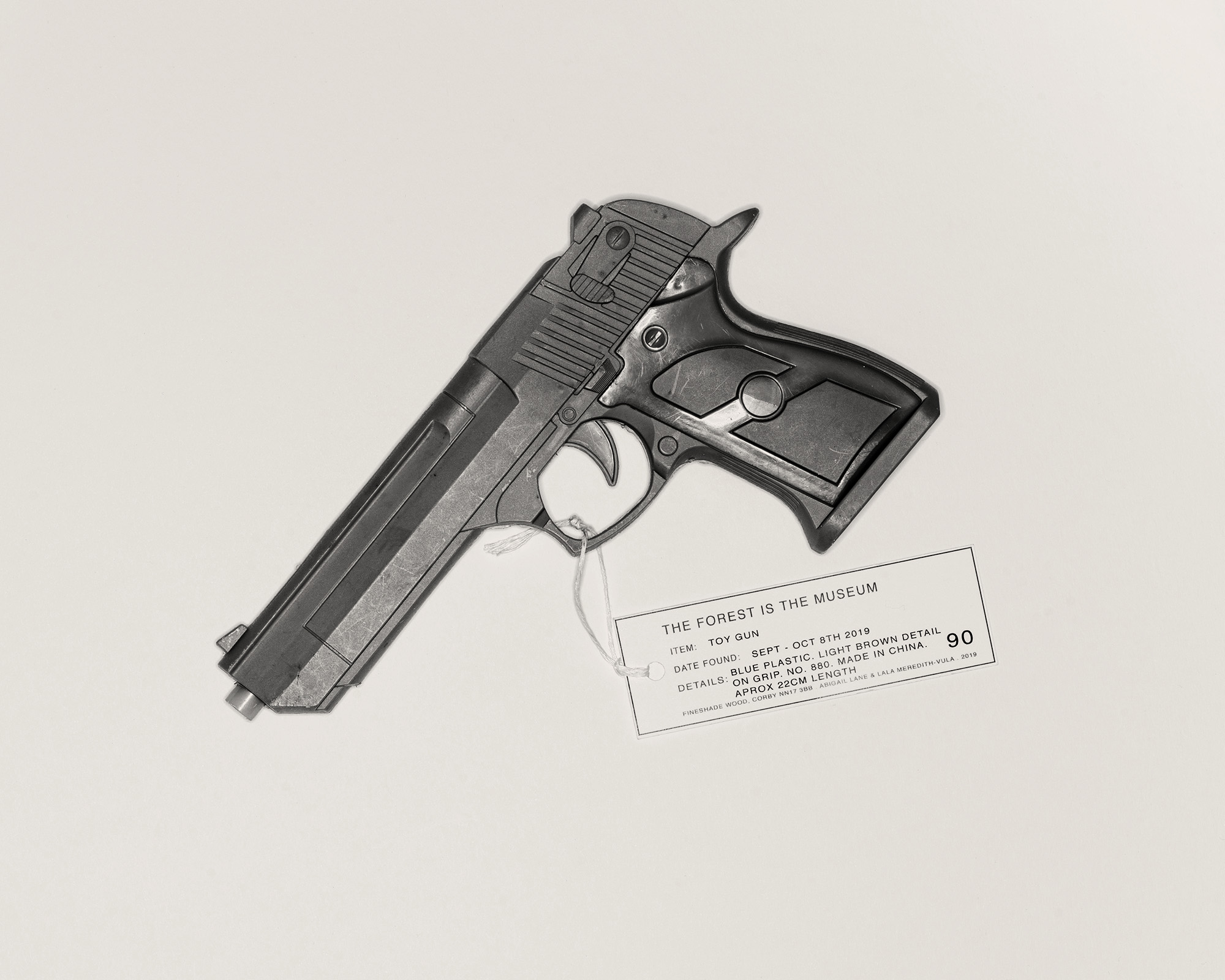
Abigail Lane & Lala Meredith-Vula
20" x 24" Platinum and Palladium on Hahnemühle Platinum Rag
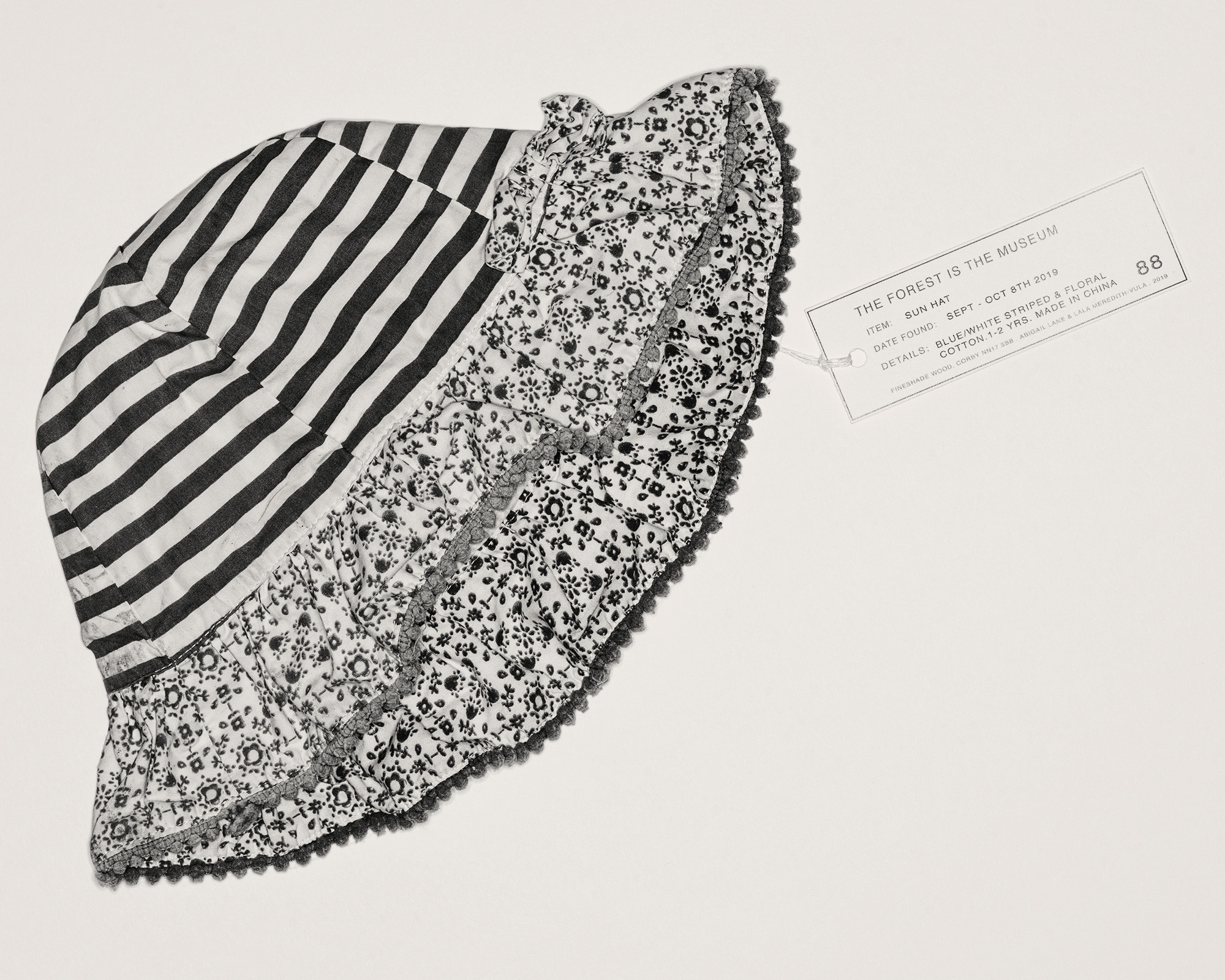
Abigail Lane & Lala Meredith-Vula
20" x 24" Platinum and Palladium on Hahnemühle Platinum Rag
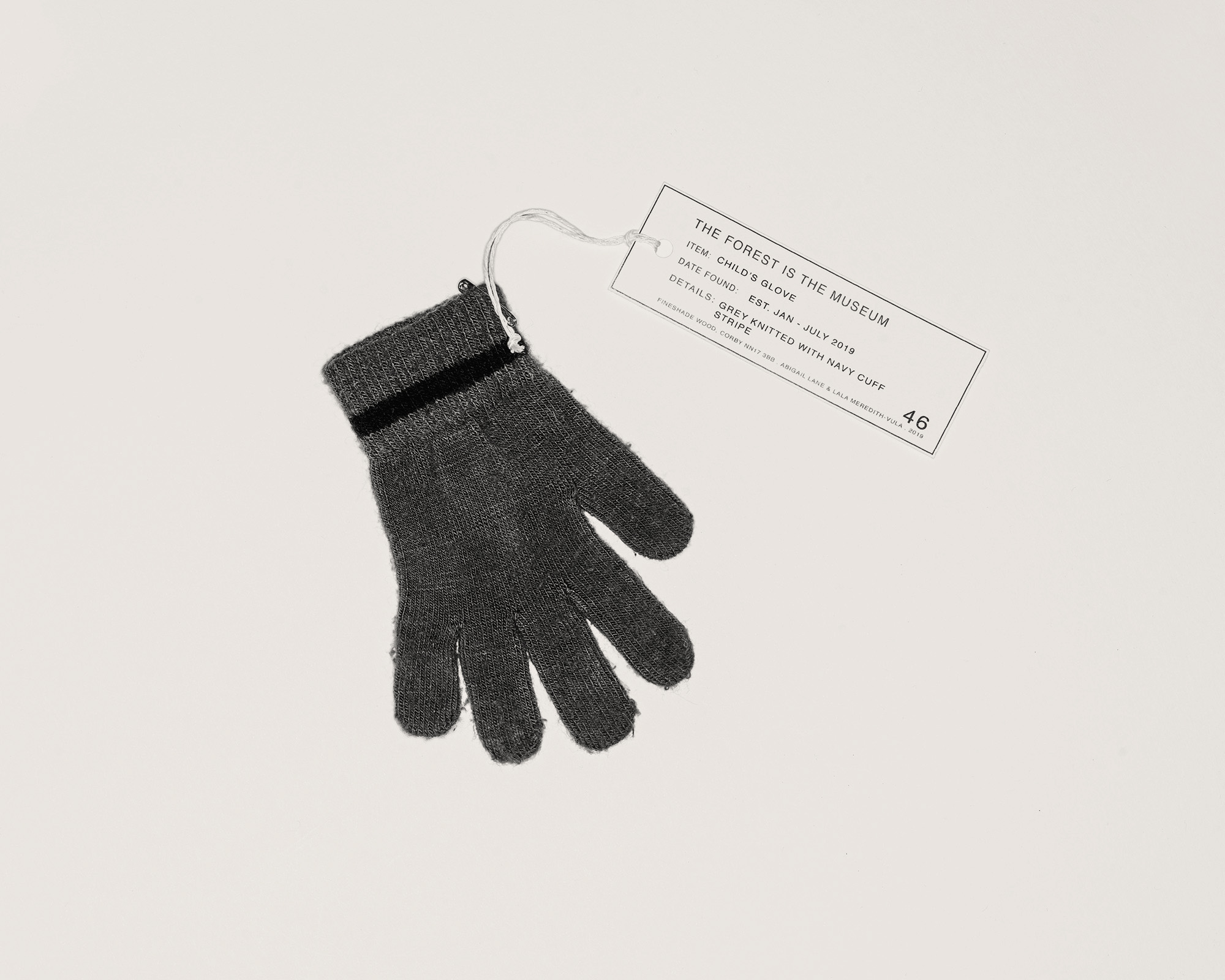
Abigail Lane & Lala Meredith-Vula
20" x 24" Platinum and Palladium on Hahnemühle Platinum Rag
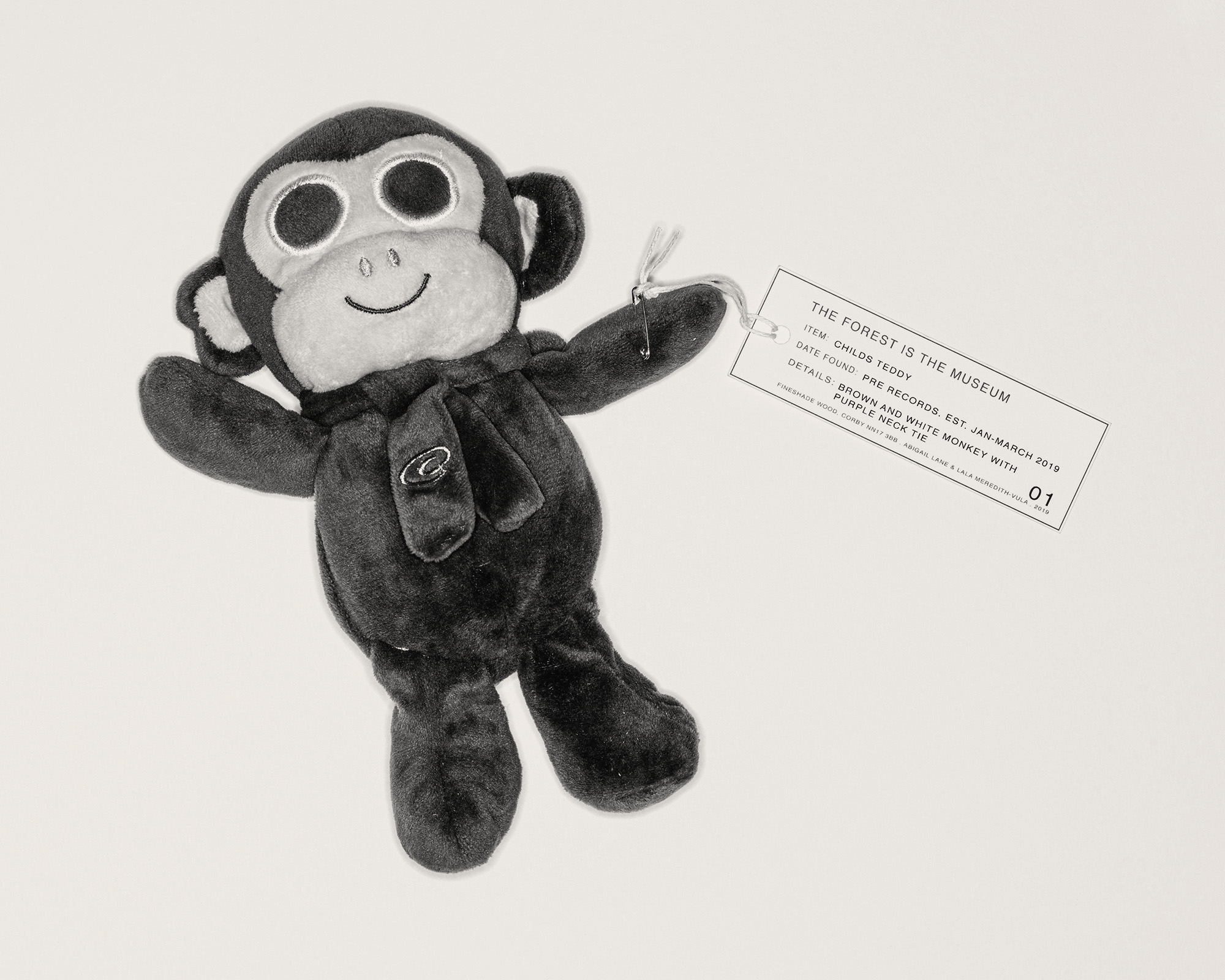
Abigail Lane & Lala Meredith-Vula
20" x 24" Platinum and Palladium on Hahnemühle Platinum Rag
Olympics and Culture: Tracings, Projections and Intersections
Joint Exhibition of Joshibi of Art and Design, and Loughborough University. July 2018 Tokyo
For this curated joint exhibition between the staff and students of Loughborough University and Joshibi University of Art and Design the Studio of Light decided to make a set of print platinum-palladium prints using Awagami’s Platinum Gampi handmade paper. The Gampi paper is one of the thinest papers you can use for platinum printing weighting only 30 grams which makes for very exacting coating of the paper and developing of the print as it can tear at any moment but it affords the resultant print with a delightful luminosity and translucent quality.
To coat the paper the Studio of Light had to invest in and used a specialist Kobayashi 6” soft synthetic brush as it is the only brush which did not damage the delicate surface of fine washi Japanese paper. Making the 25” x 38” Gampi prints was technically challenging and very expensive but the experience of making these prints was highly rewarding and set a new bench mark of what the Studio of Light could offer to photographers and artists in the making of unique high-end photographic prints and artefacts.
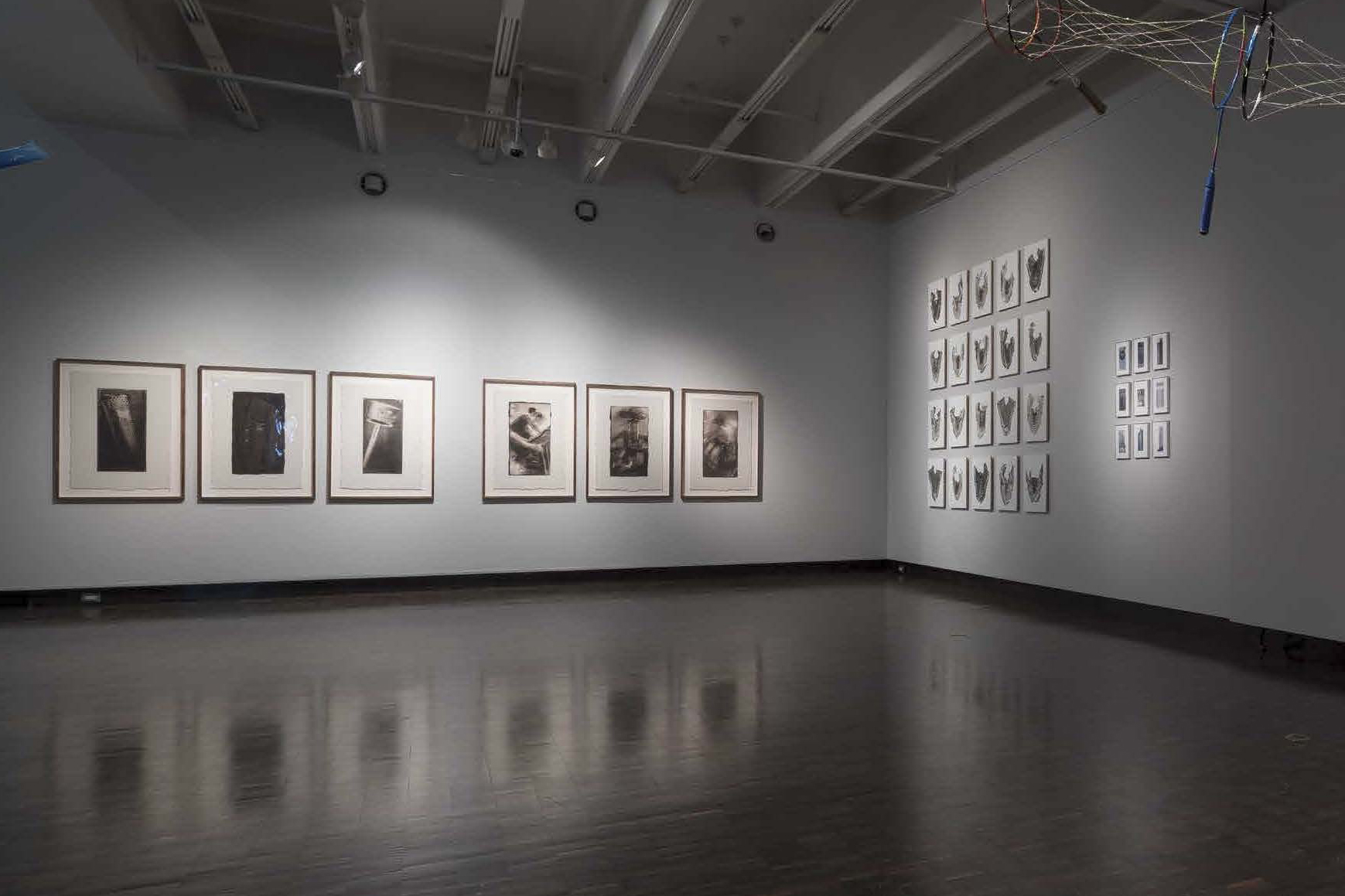
Joshibi Exhibition, July 2018
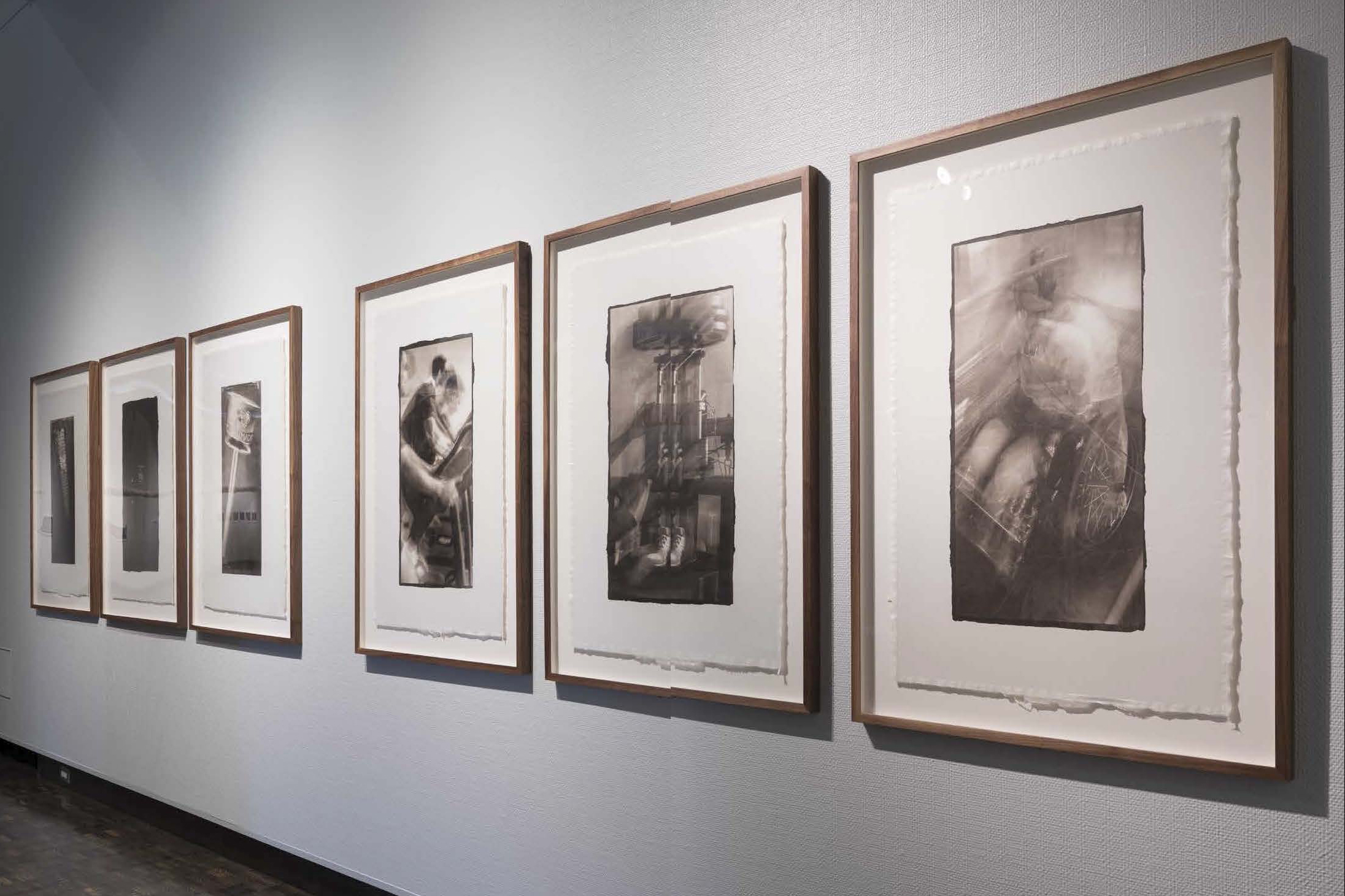
Joshibi Exhibition, July 2018
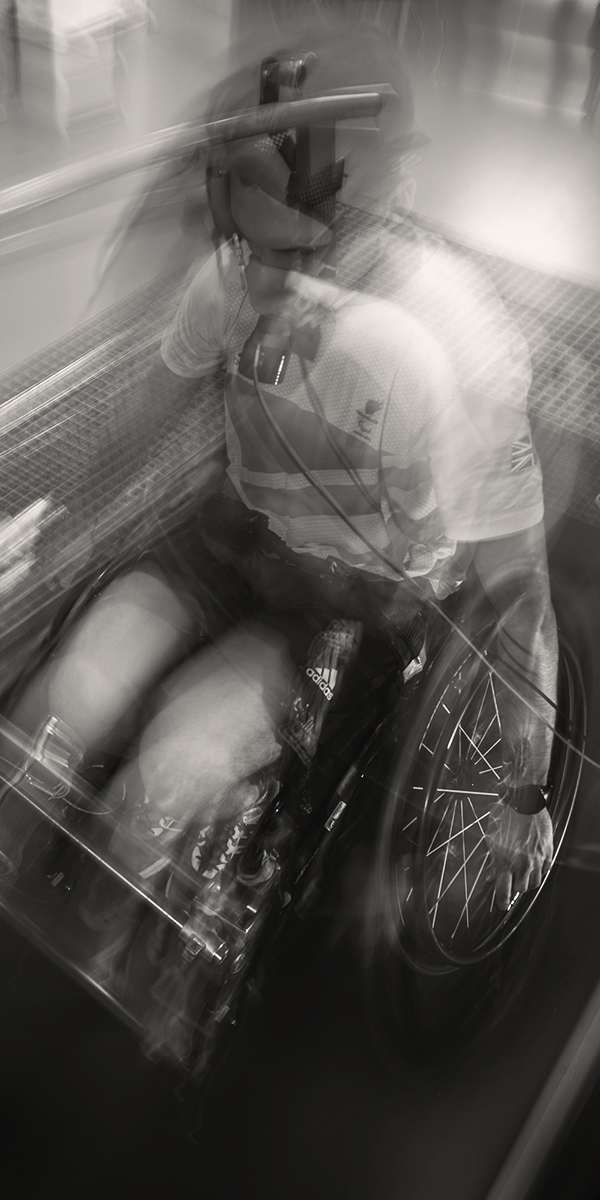
National Centre for Sport and Exercise Medicine, Loughborough University
Photograph by Alan Duncan
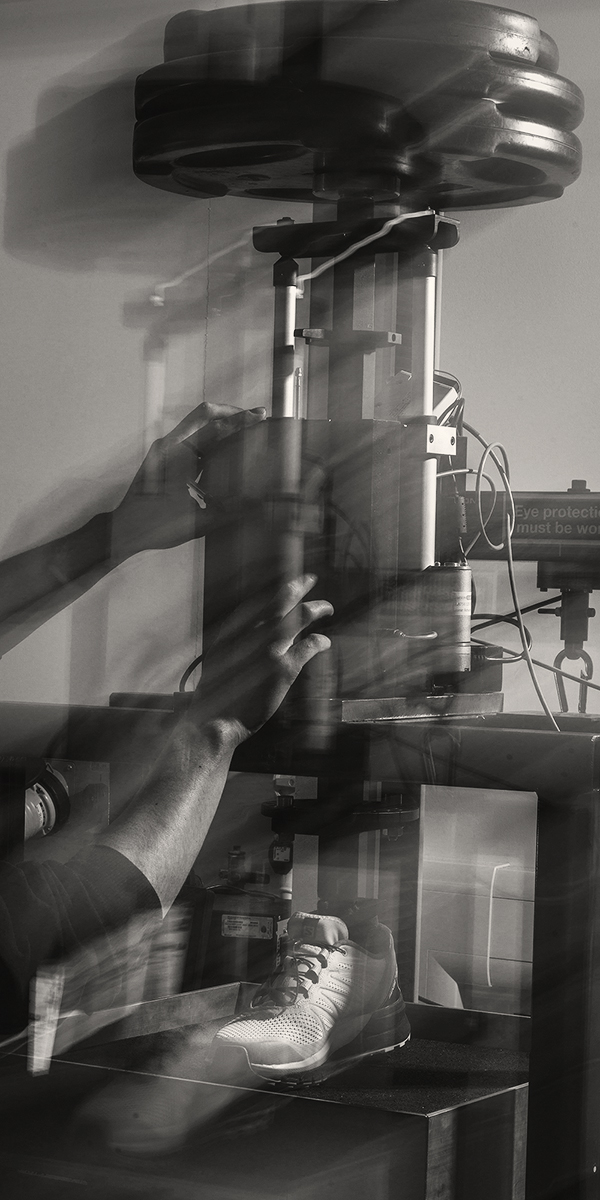
Sport Technology Institute, Loughborough University
Photograph by Alan Duncan
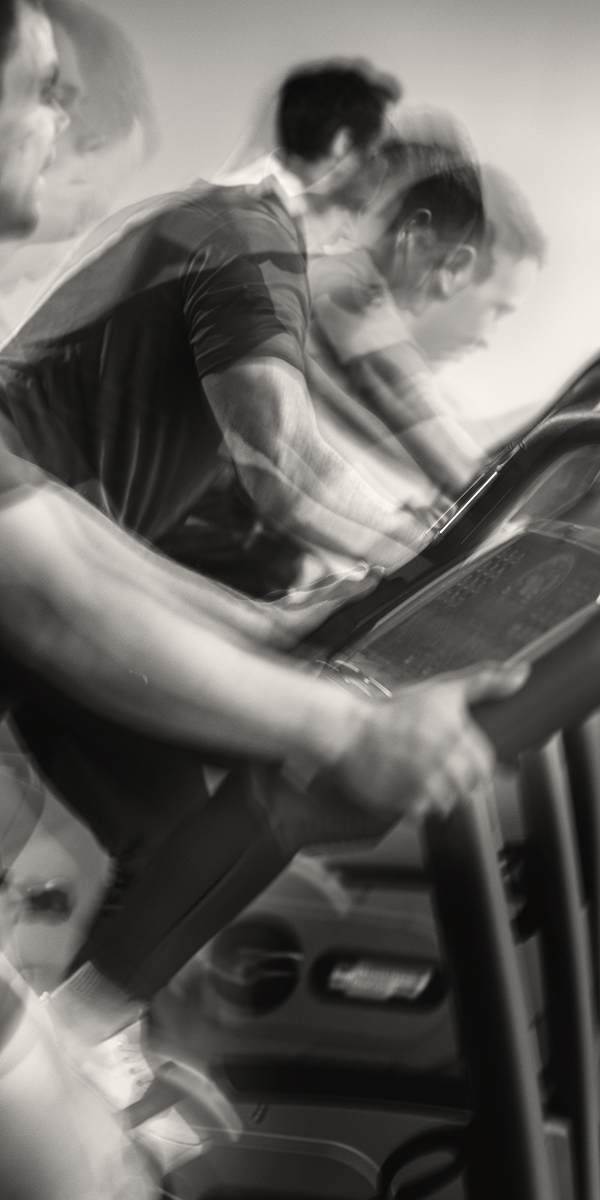
National Centre for Sport and Exercise Medicine, Loughborough University
Photograph by Alan Duncan
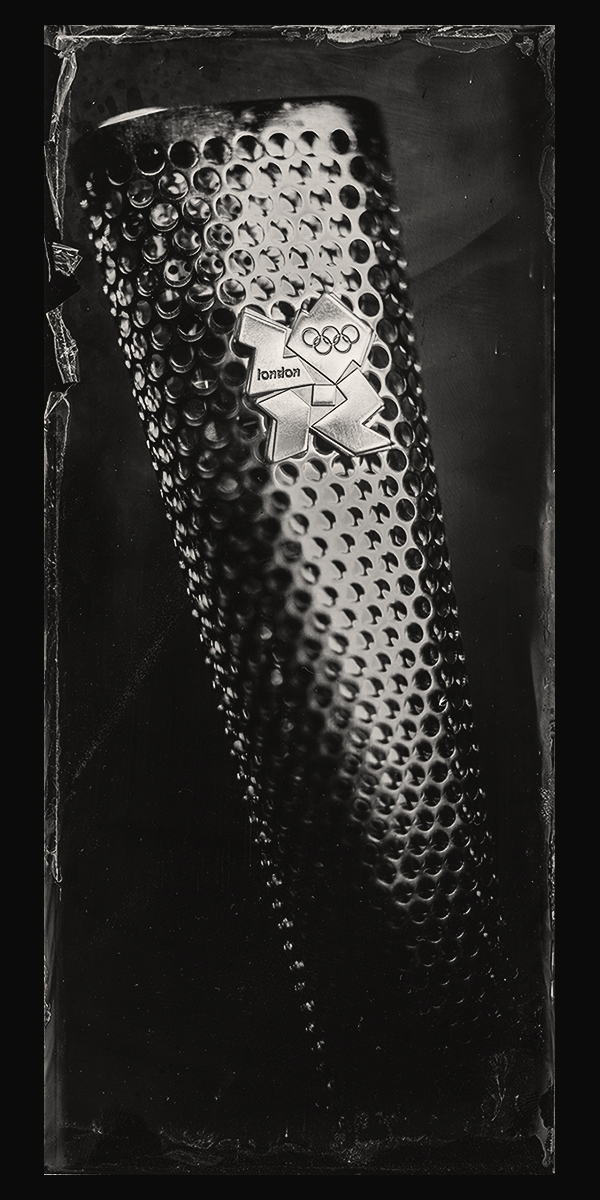
2012 London Olympics Torch, Wetplate Photograph
Photograph by Alan Duncan
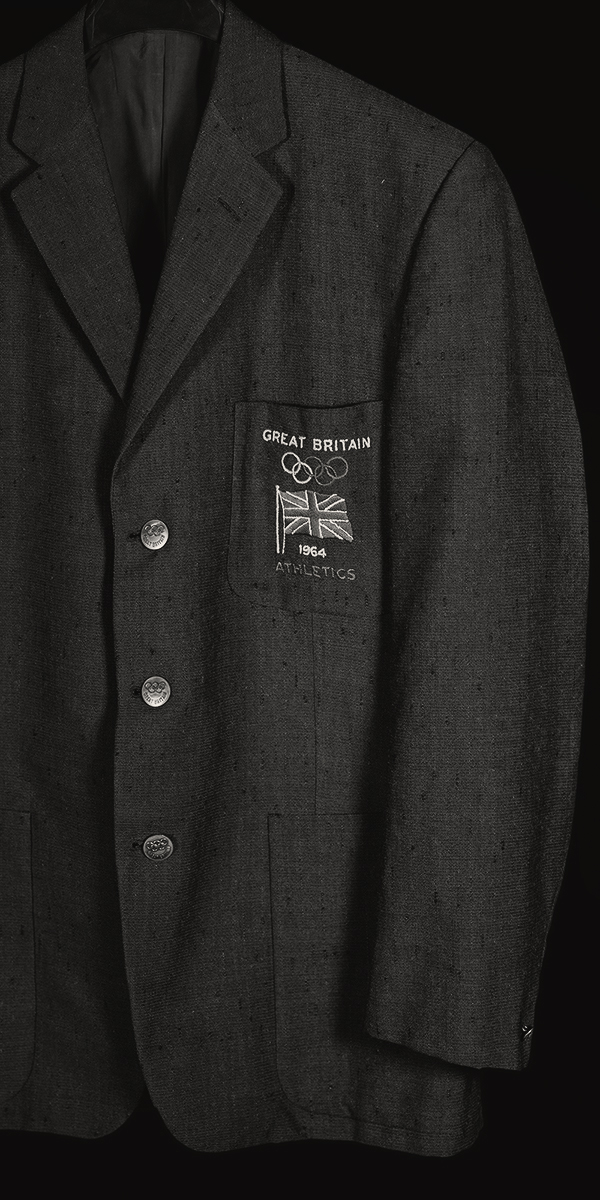
Great Britain Team Blazer from the 1964 Tokyo Olympics, Loughborough University Archive
Photograph by Ben Dolman
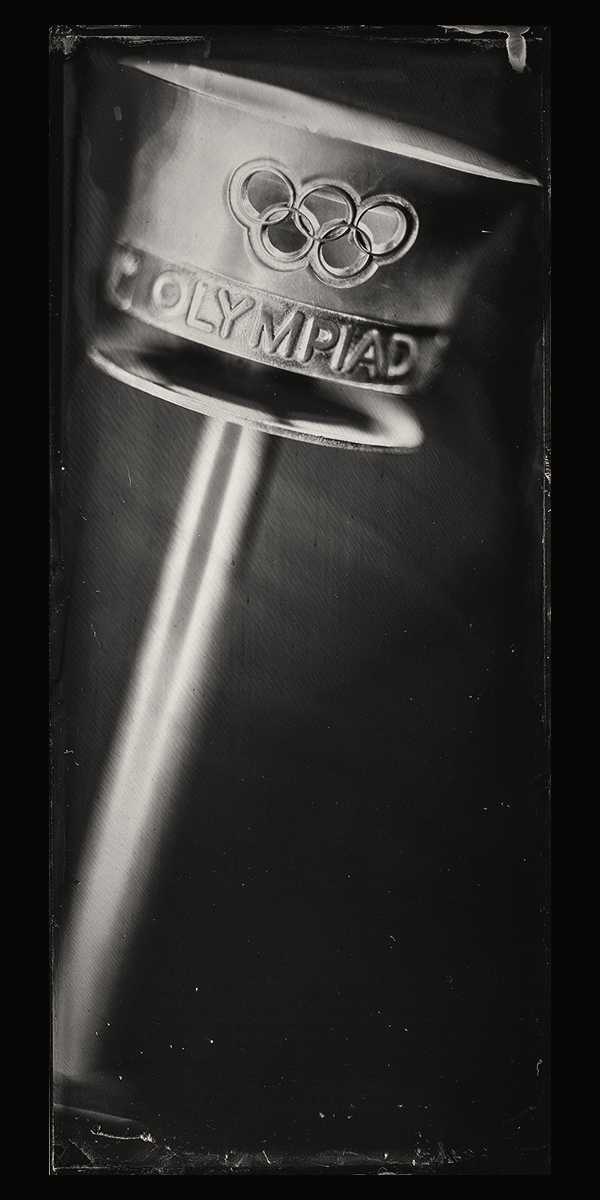
1948 London Olympics Torch, Wetplate Photograph, Loughborough University Archive
Photograph by Alan Duncan
To restore or re-master?
The Frangenberg Collection Exhibition 2020
Text accomplying exhibition : This exhibition presents a selection from the large collection of contemporary art acquired by Dr Thomas Frangenberg (1957-2018) and donated by his executors to Wolfson College. Curated by his colleague for a quarter of a century, Professor Phillip Lindley, the exhibition presents a representative sample of Thomas's purchases in London over his four decades as a collector. The works are of a distinctive type, ideas-driven and demanding of the spectator's dynamic engagement. Several Turner Prize winners and a host of nominees are included in this remarkable collection which will transform Wolfson's importance as a home for cutting-edge art.
The Studio of Light was approached by Professor Phillip Lindley to see if we could restore a photograph by Abigail Lane "For his own good" which had been damaged by broken glass leaving deep scratches across the surface. The artwork was from the Frangenberg collection and it was to be included in a forthcoming exhibition (in 2020) at Wolfson College, Cambridge. It was decided that we would explore a range of options and work closely with the Abigail Lane in restoring the picture.
The first stage of the project was to digitally archive the artwork in its current state using a high end digital copy camera and then making an archival print using hot press inkjet rag paper and Piezography Pro inks. The next stage was to use the digital file made by the copy camera and retouch it in PhotoShop and repair the damage areas, the retouched image was then made into another archival digital print.
The final stages of the project was to make a new silver gelatine print on warm-tone paper and high quality scan from the original negative which was kindly loaned by Abigail Lane. The silver print was made using the same techniques and materials as the original image by Alan Duncan who is a master traditional darkroom print maker.
The rescanning of the original negative was done using a Hasselblad Fightight X5 virtual drum scanner and the scan revealed more of the original image, this was most notable in the rear paw of the dog on the left side of the image and from this new master digital file another archival print was made.
Four new prints were made, a copy of the damaged image, a retouch version, a silver print from the original negative and a new remastered digital negative. All four prints were shown to Abigail Lane and she chose the new remastered digital print from the original negative. The end result of this project might not have might not have been what a conservator might have chosen but the artist in this case preferred the image that used the latest digital imagery and printing technologies because they enhanced the original photographic negative and made for a striking piece of artwork.
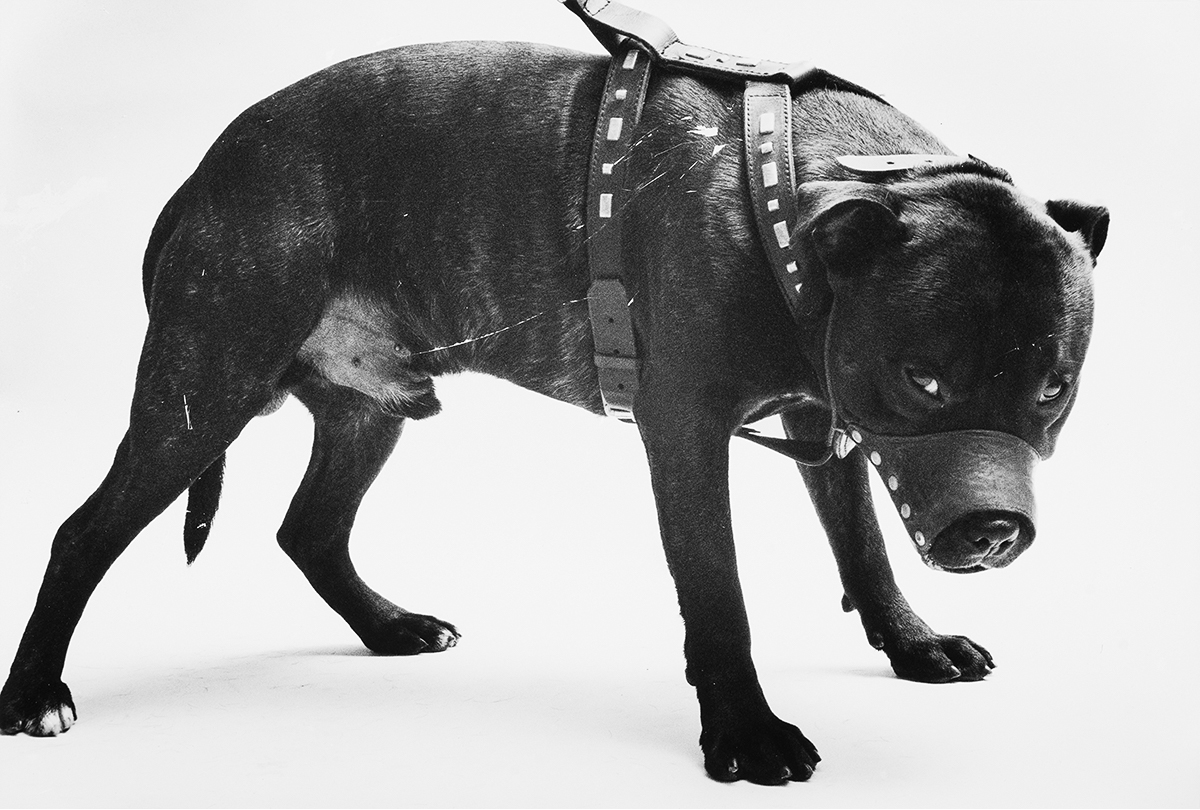
Abigail Lane "For His Own Good" 1995
The original print damaged by picture glass fragments that left deep scratches across the surface of the print
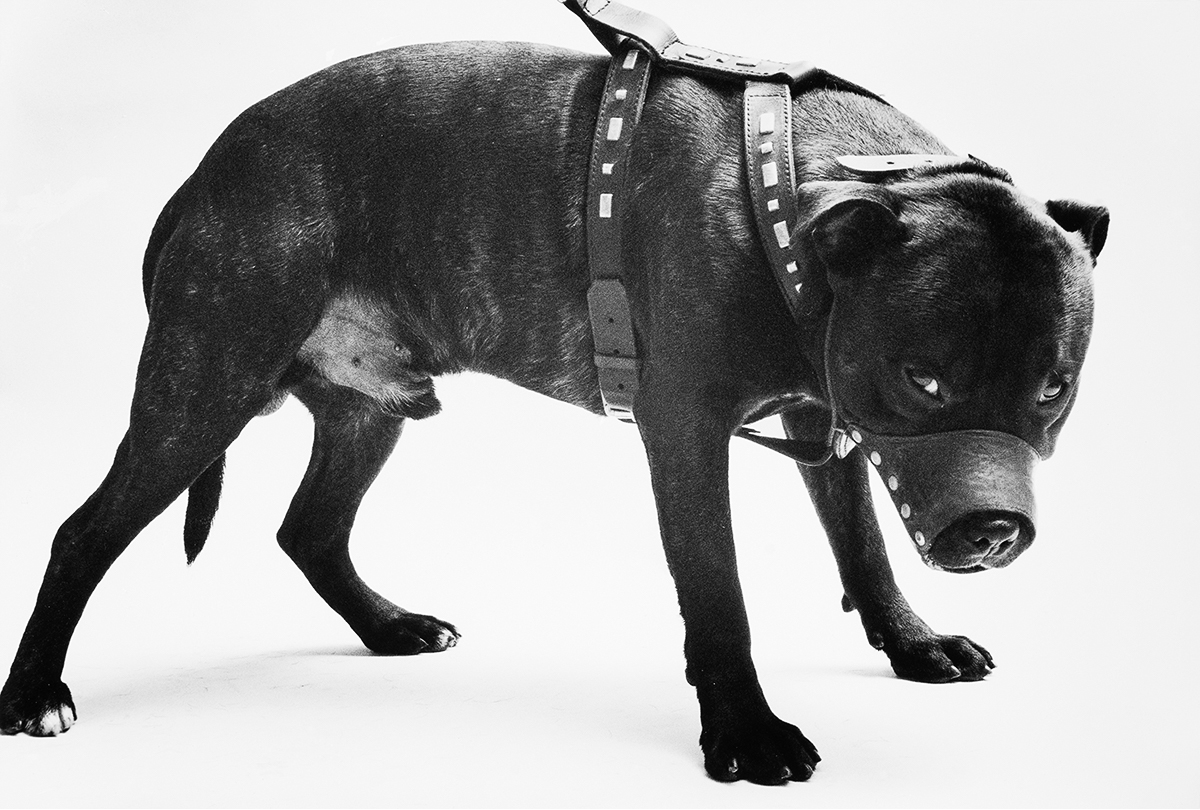
Digitally restored version made from photographing original print using a Hasselblad medium format digital copy camera and retouching in PhotoShop
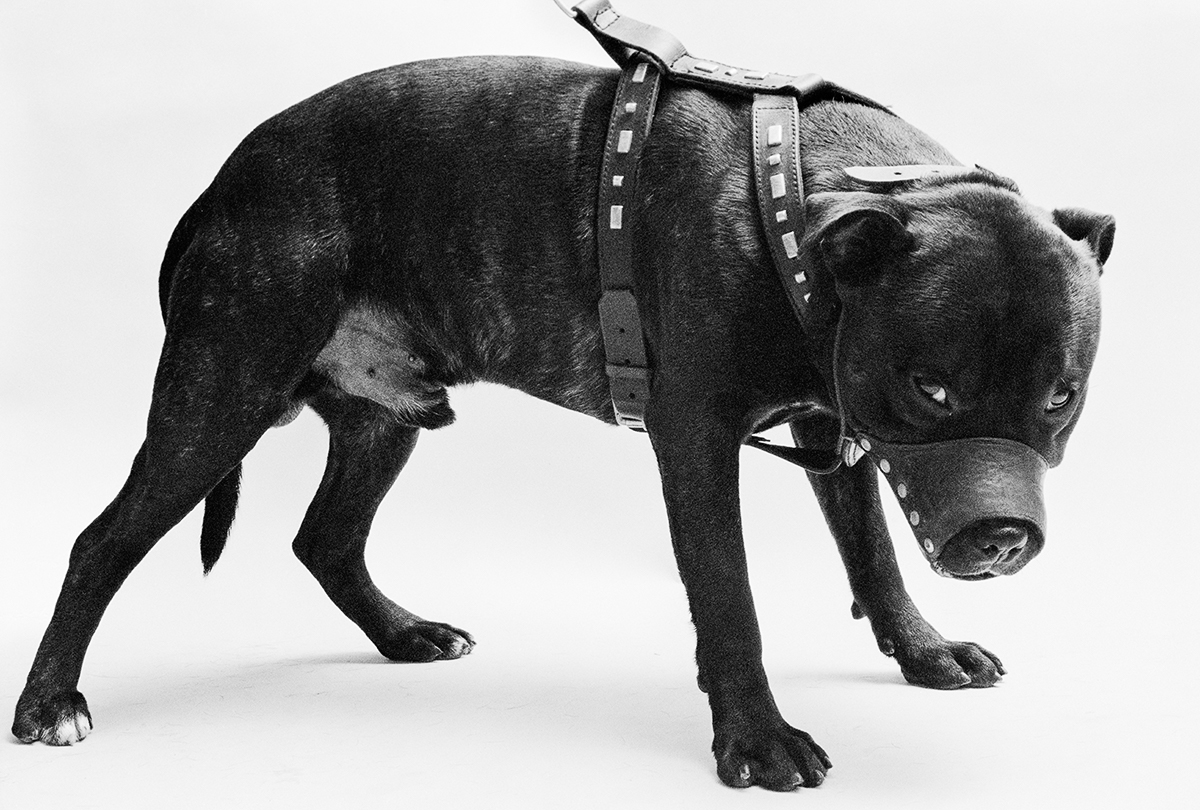
New digital master and print version made from scanning original negtive using a Hasselblad Flextight X5 virtual drum scanner















